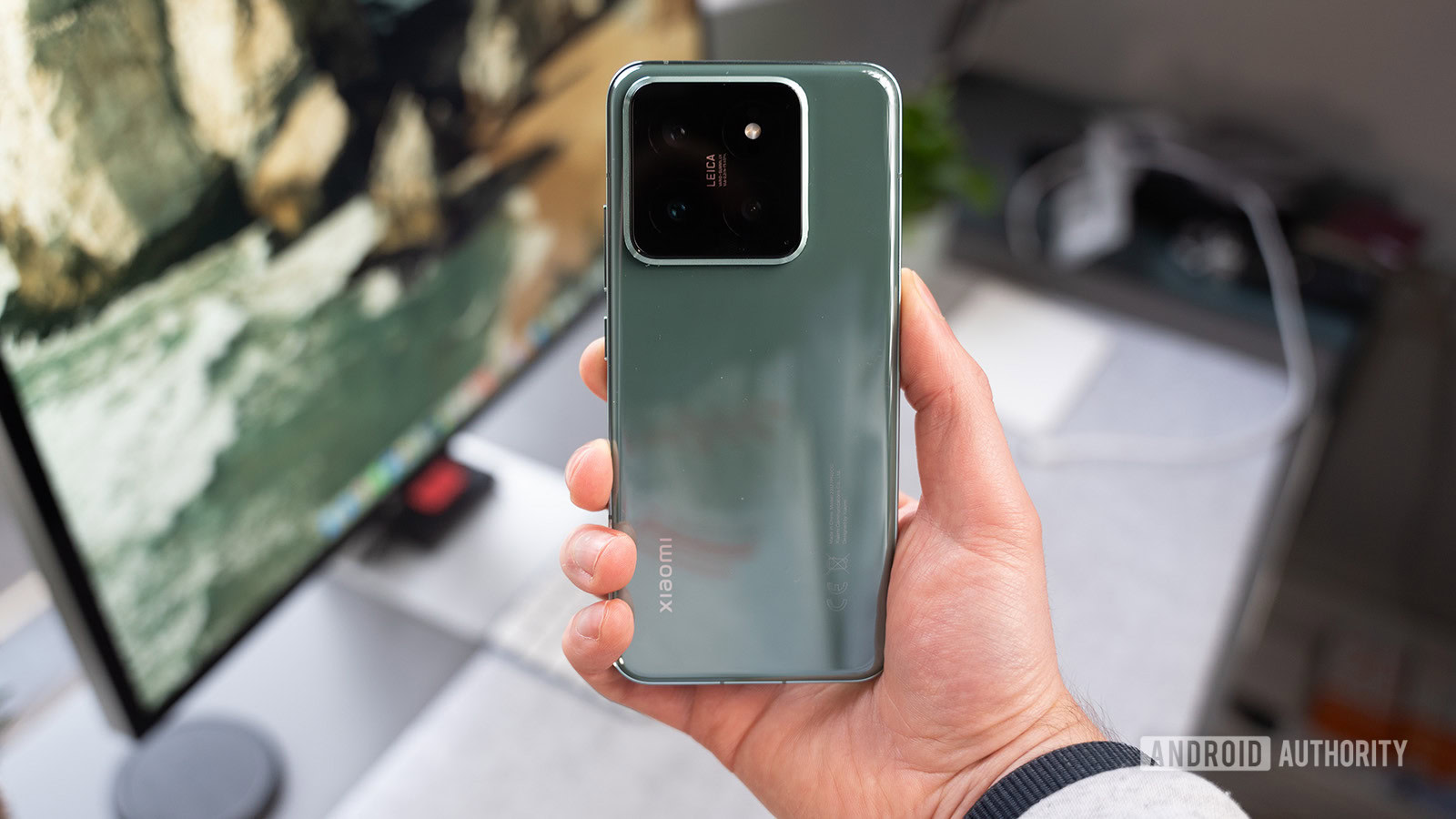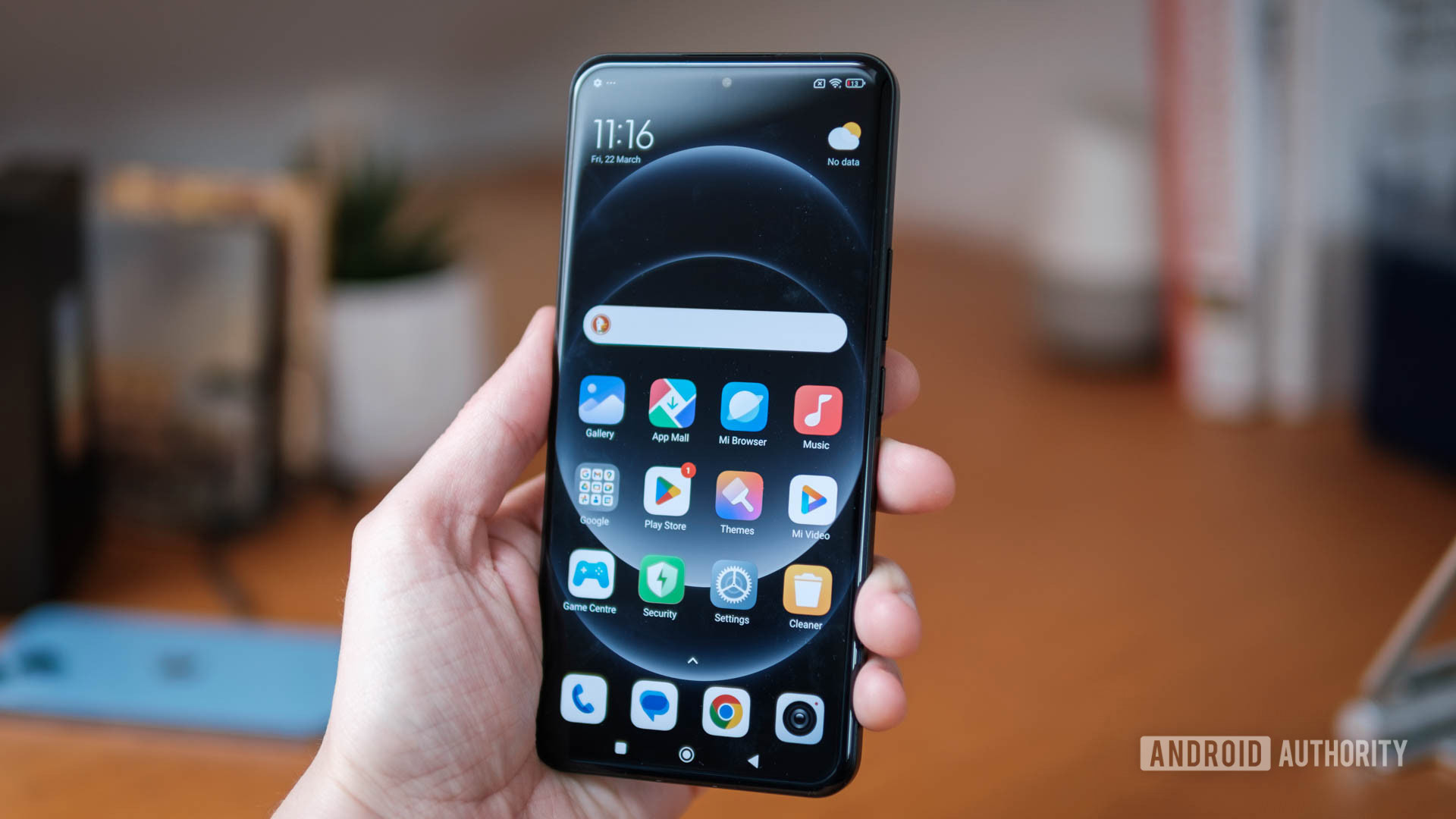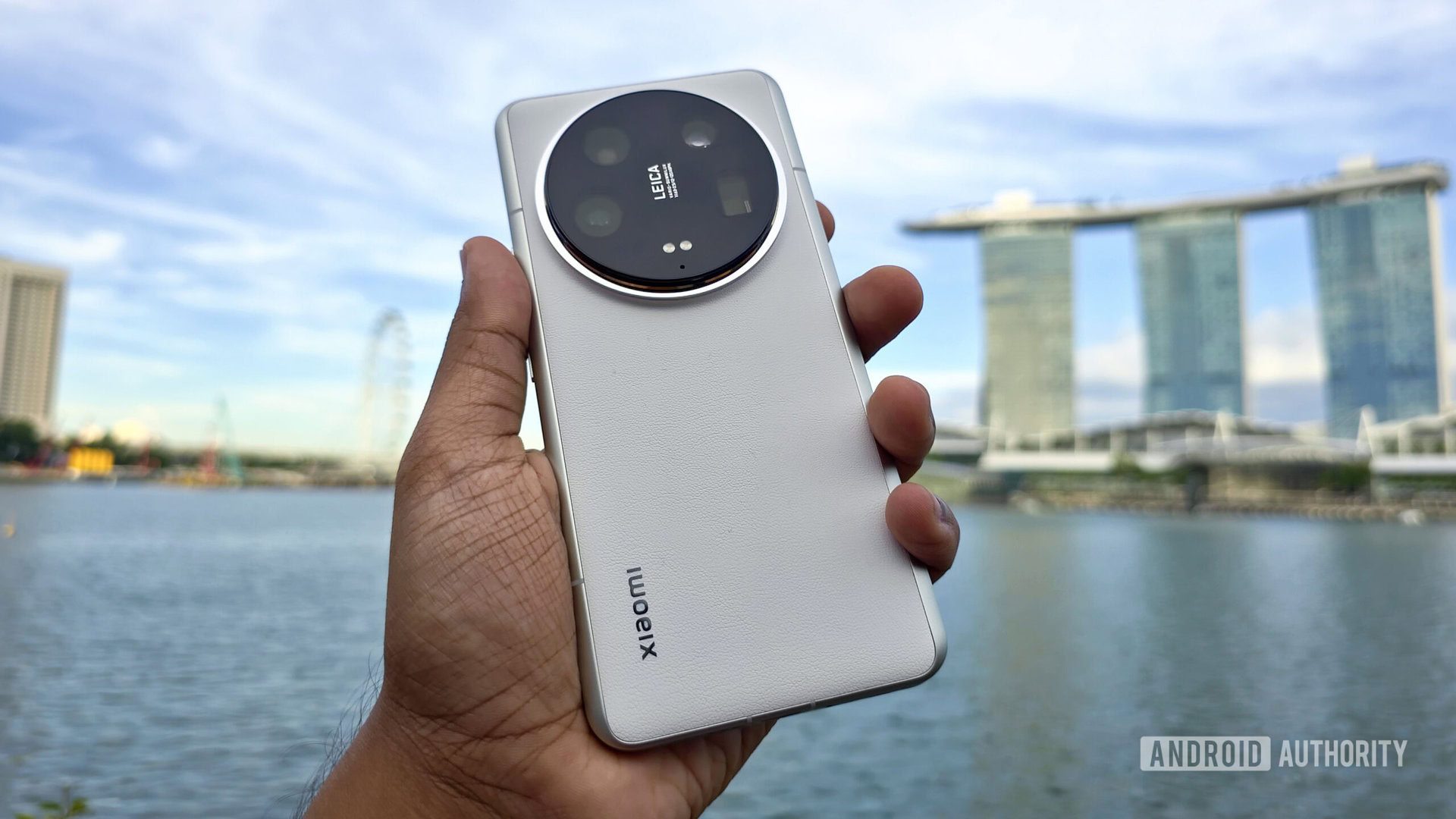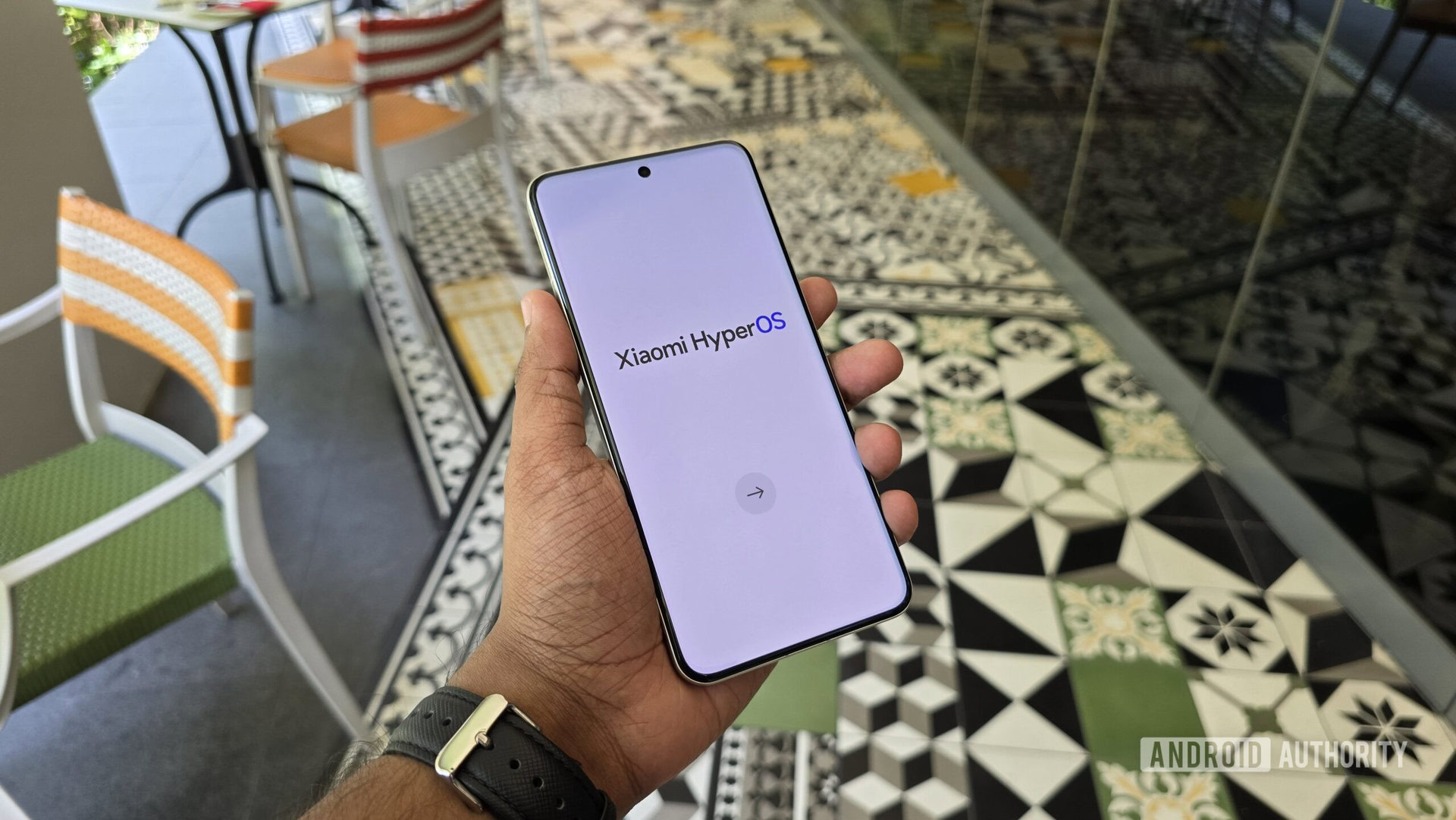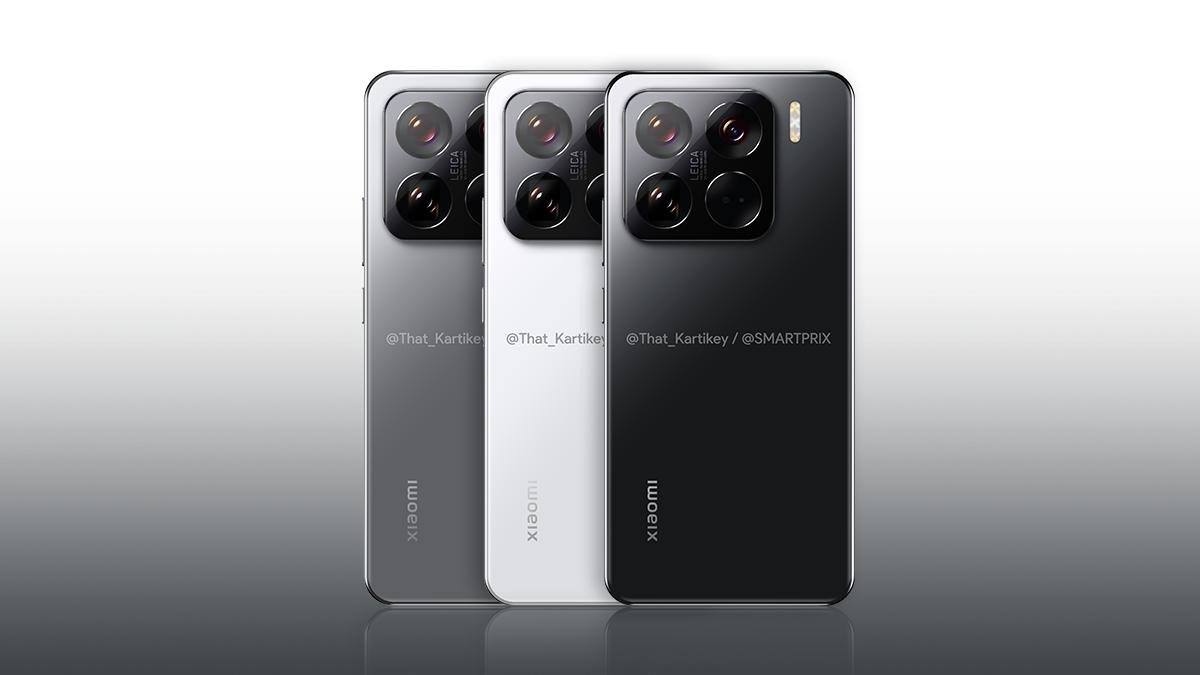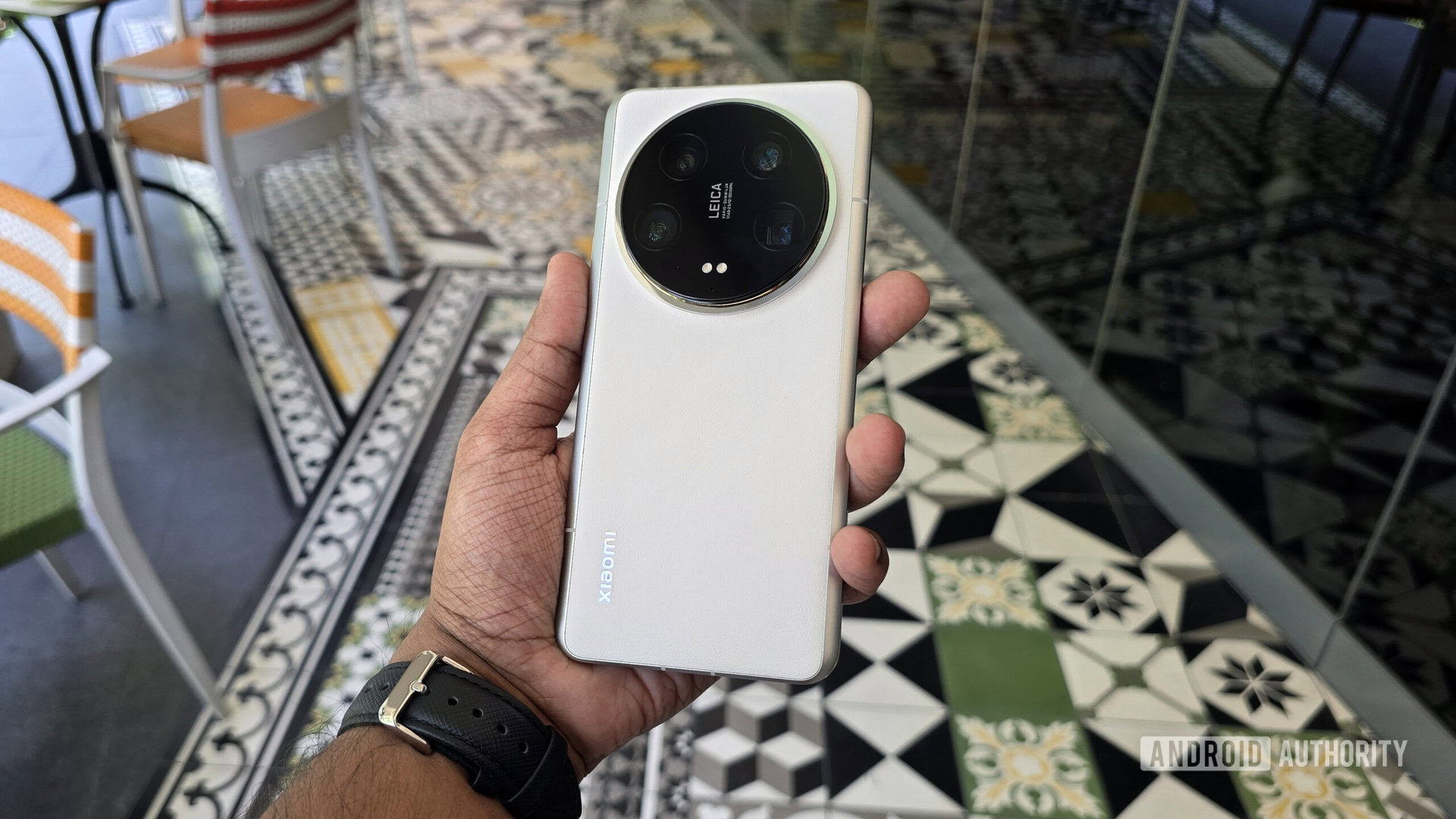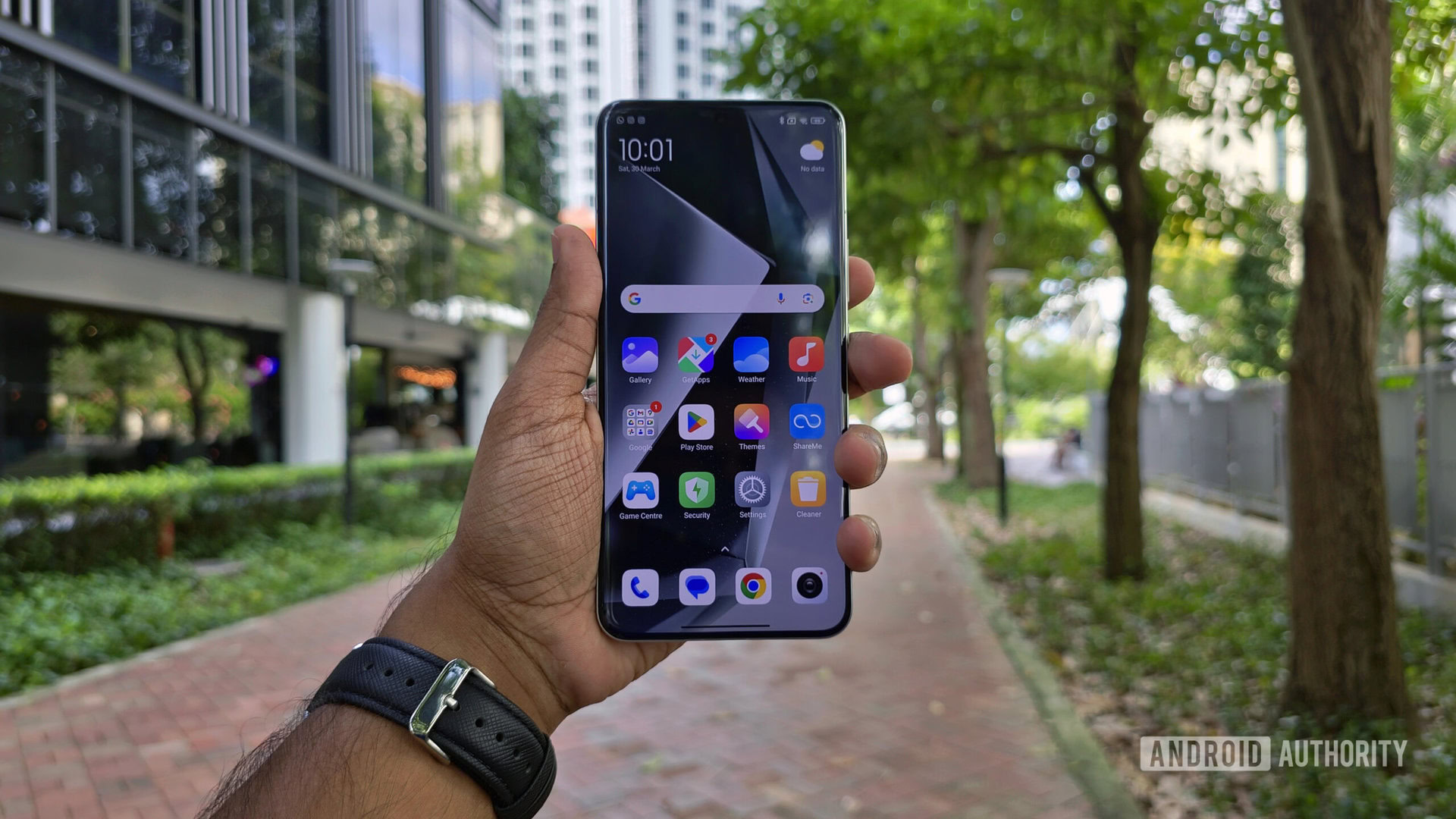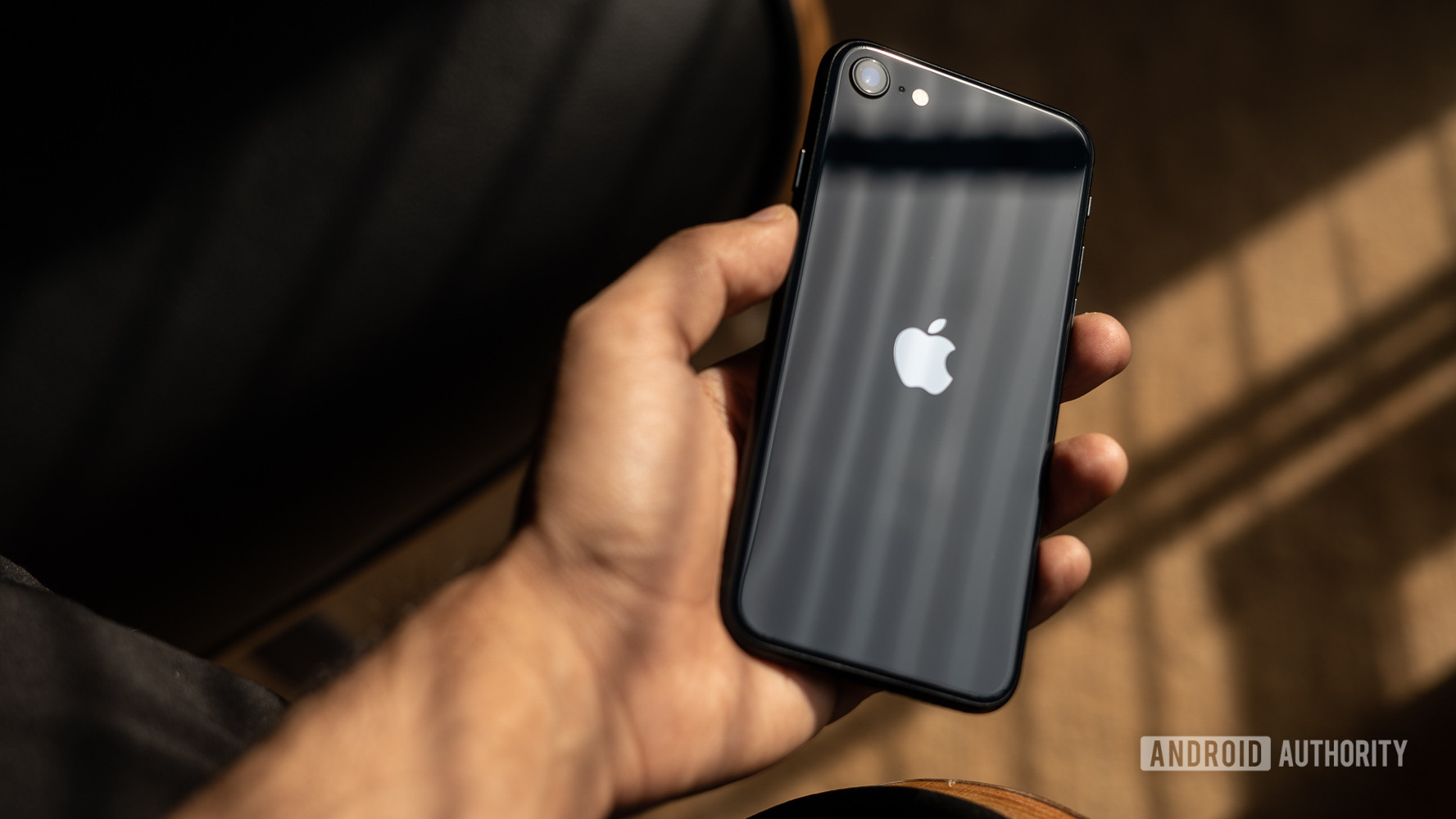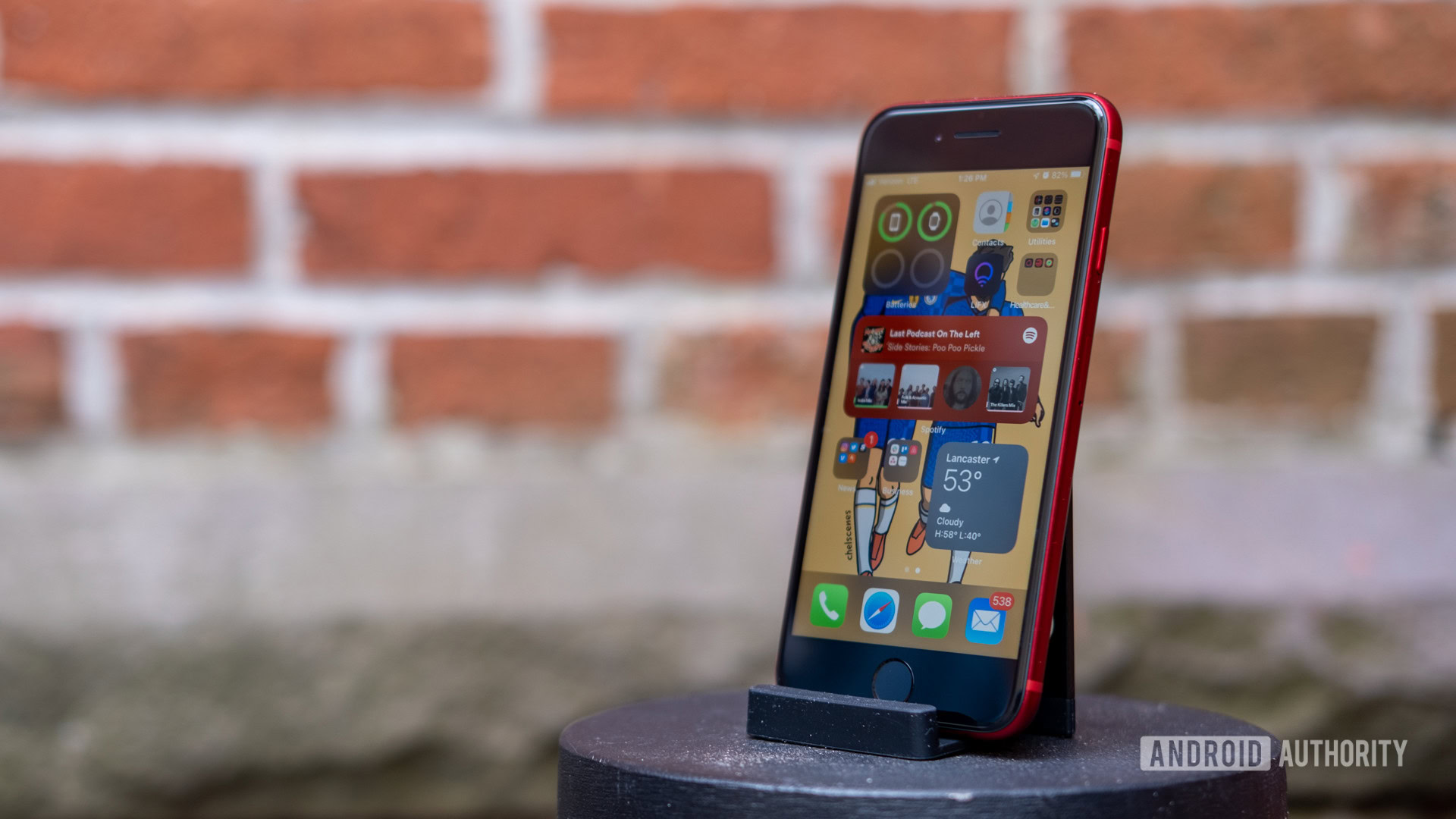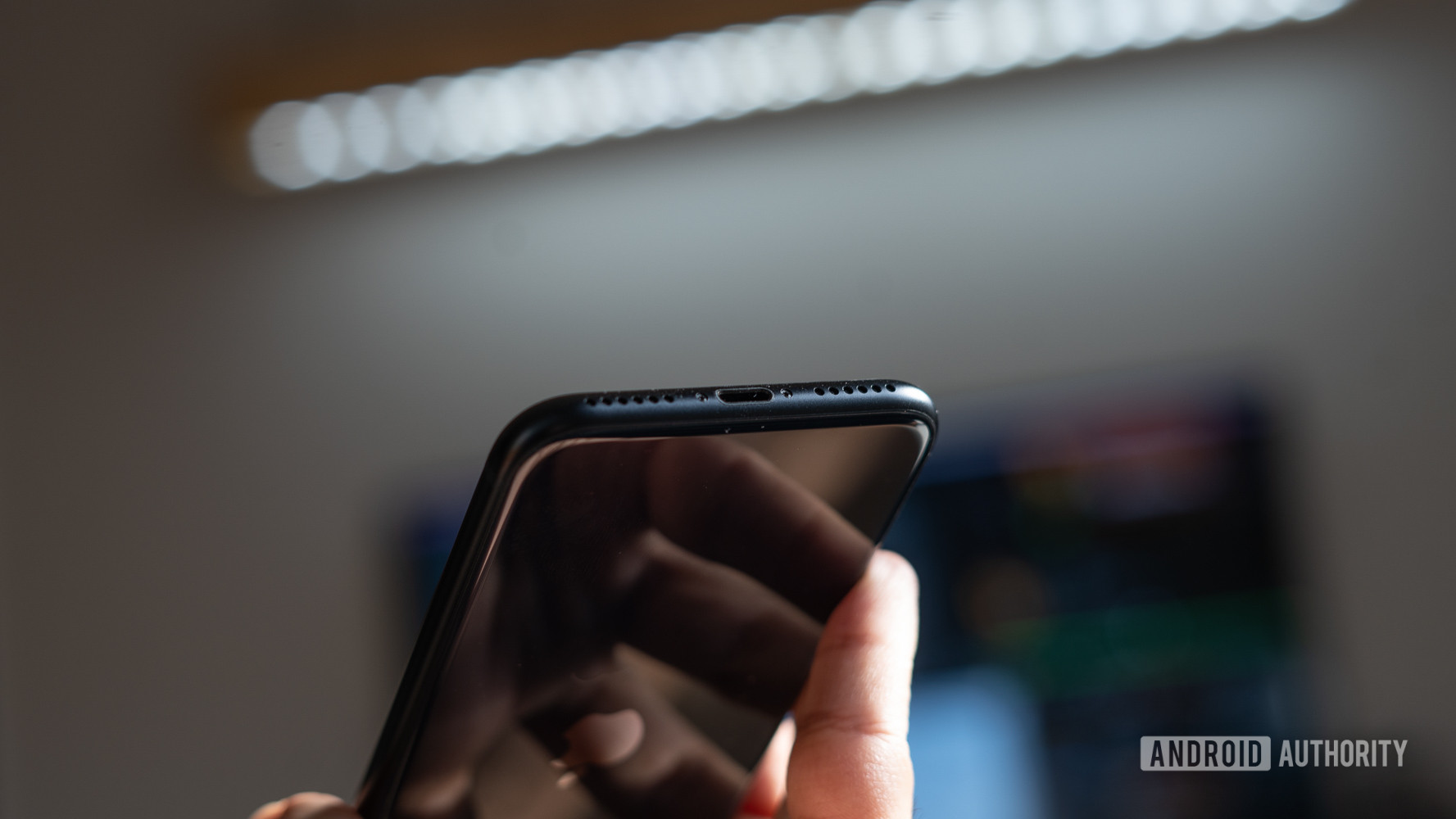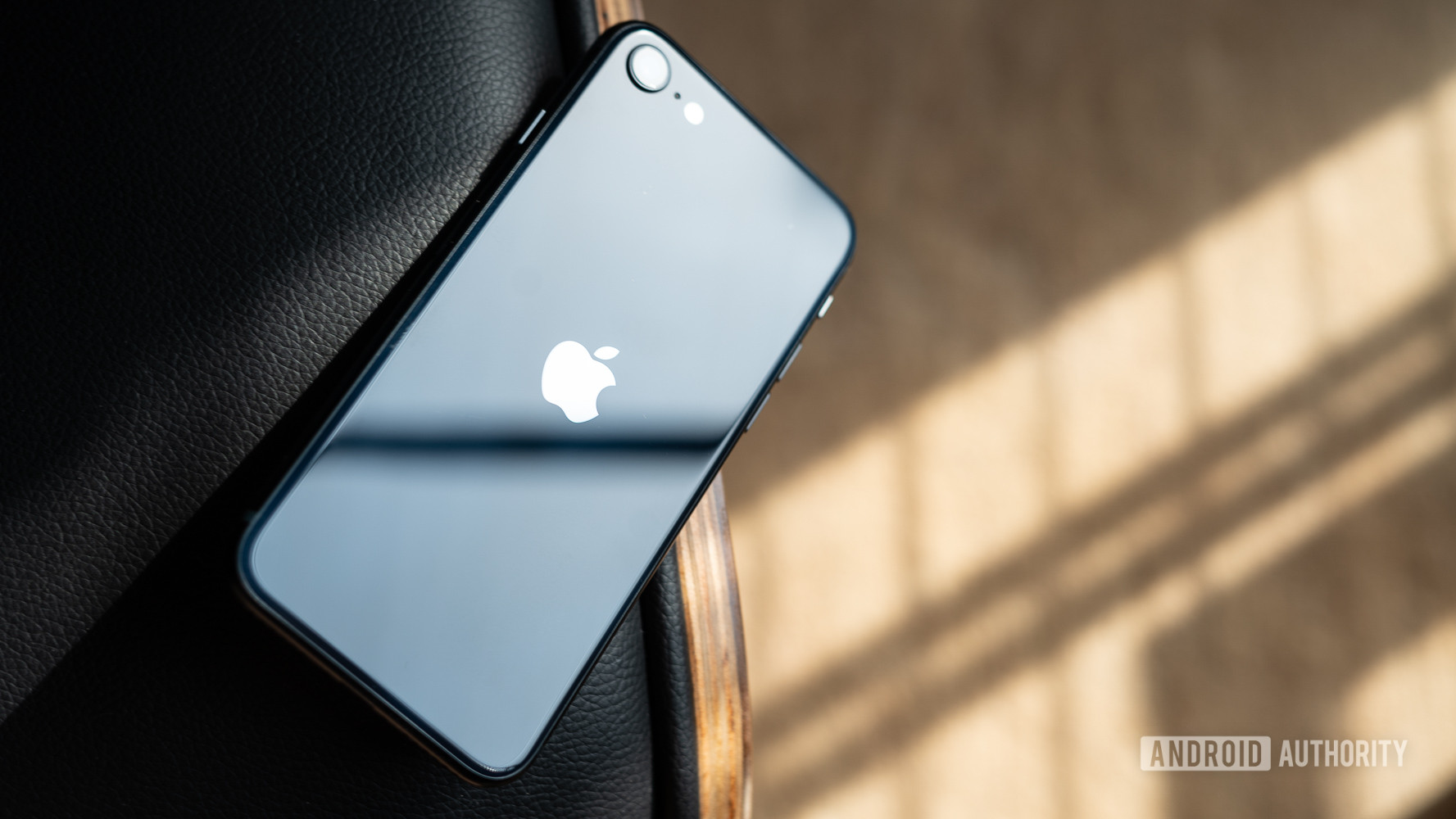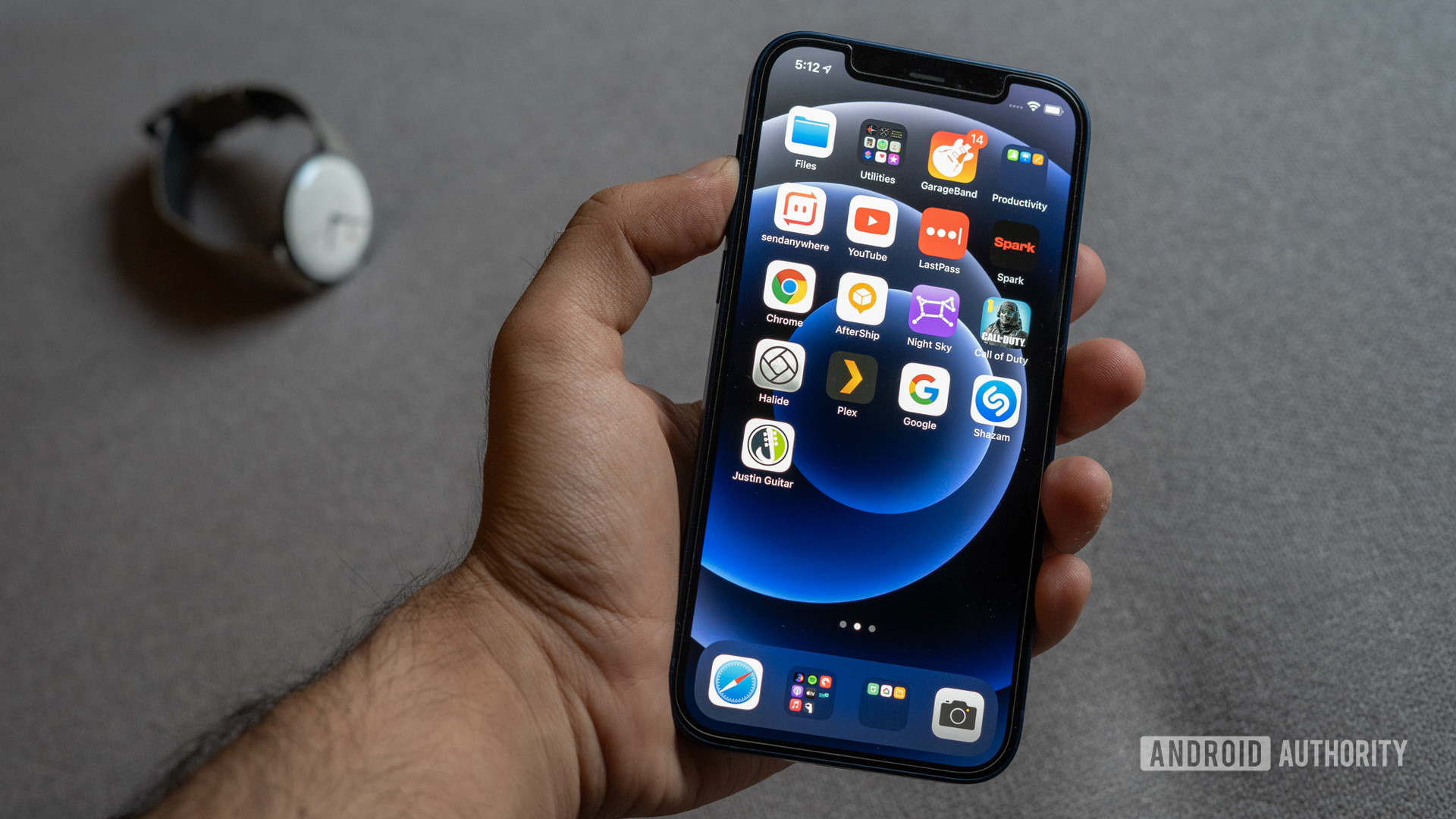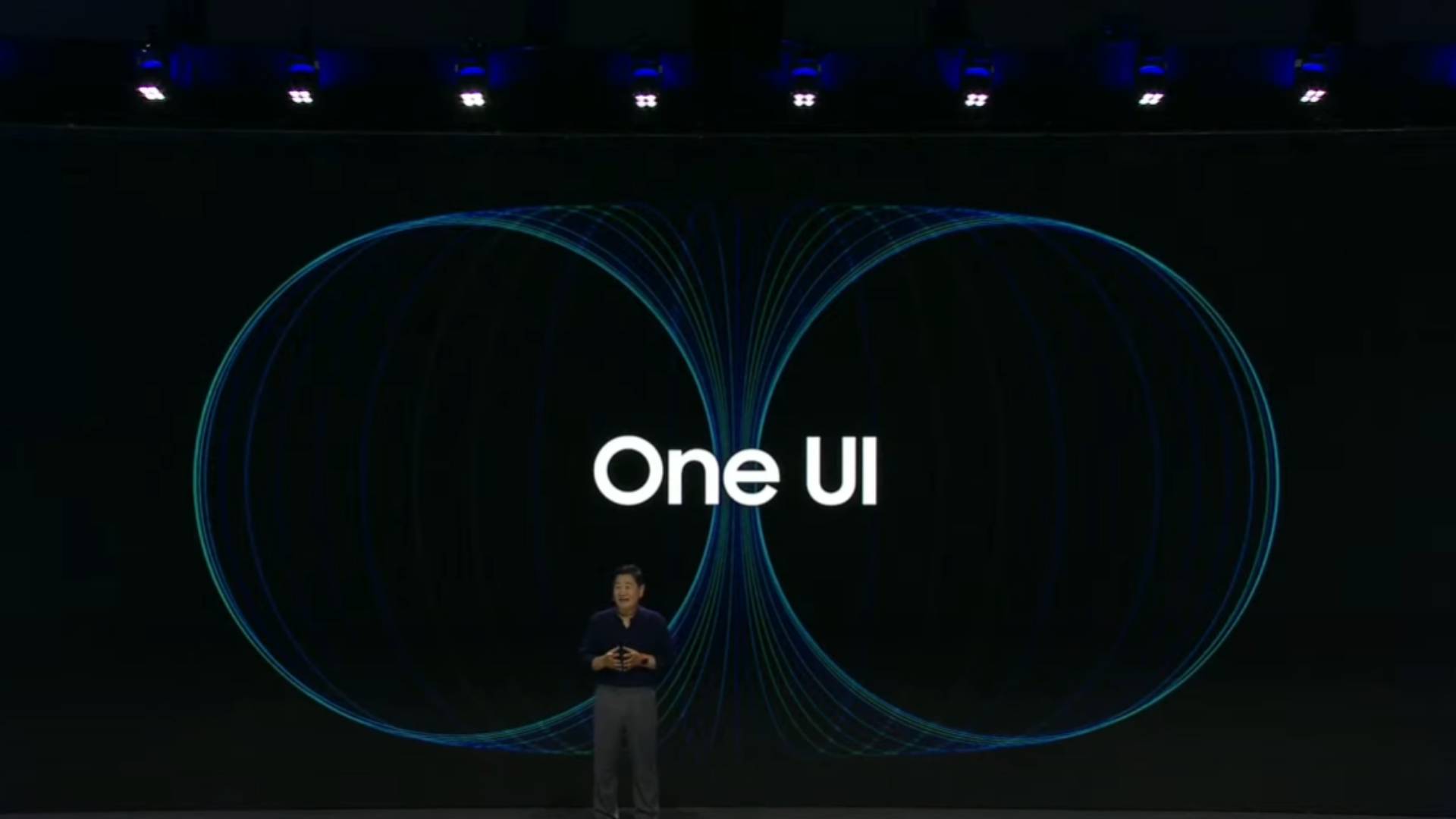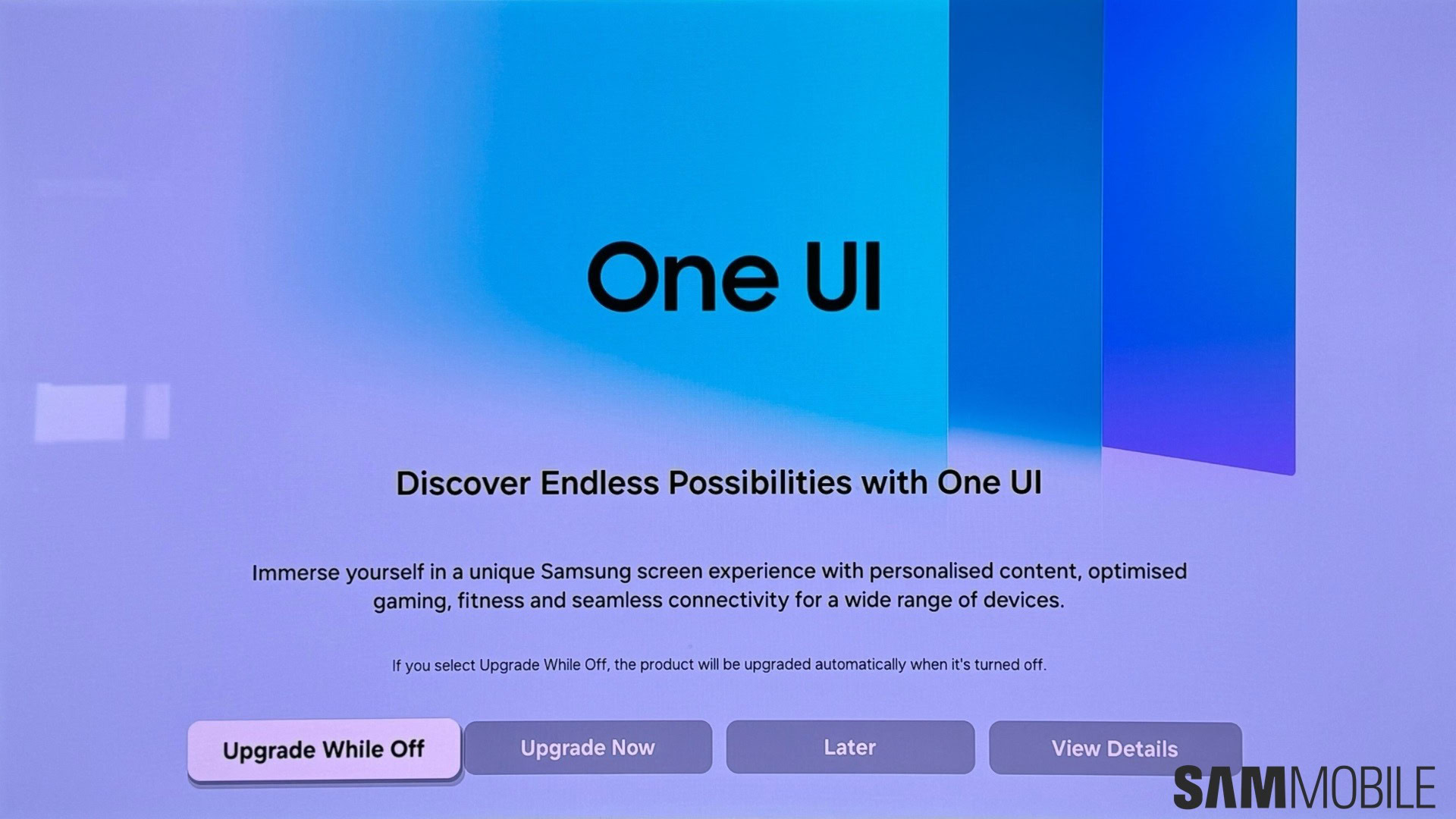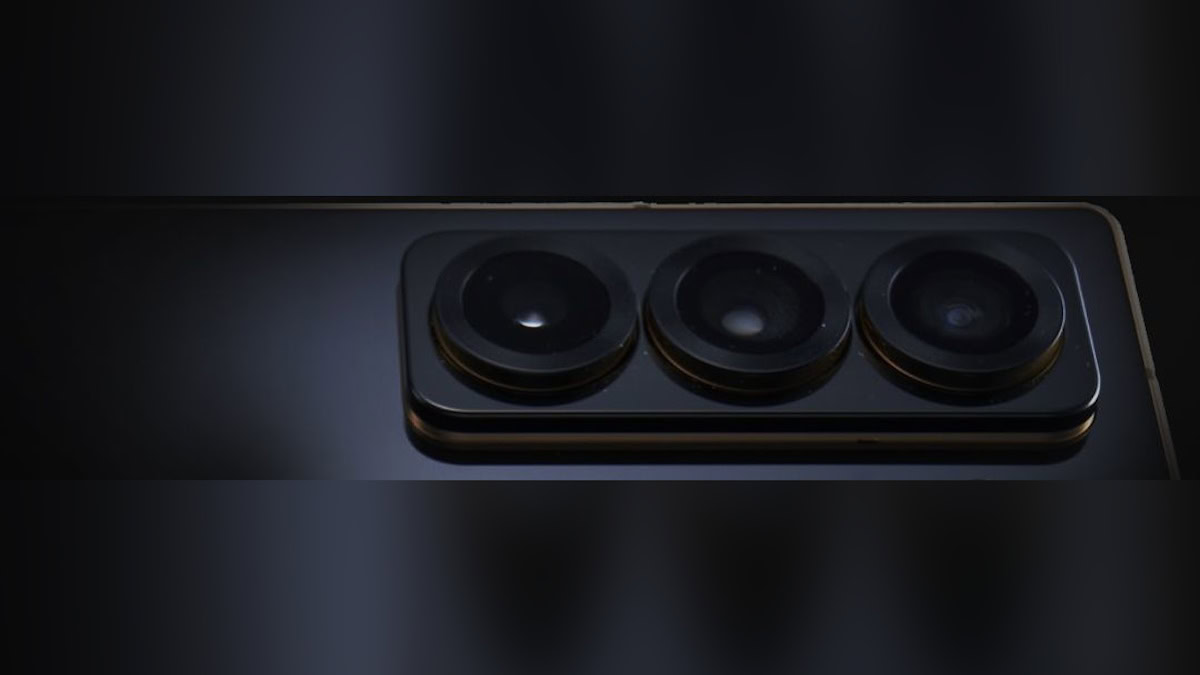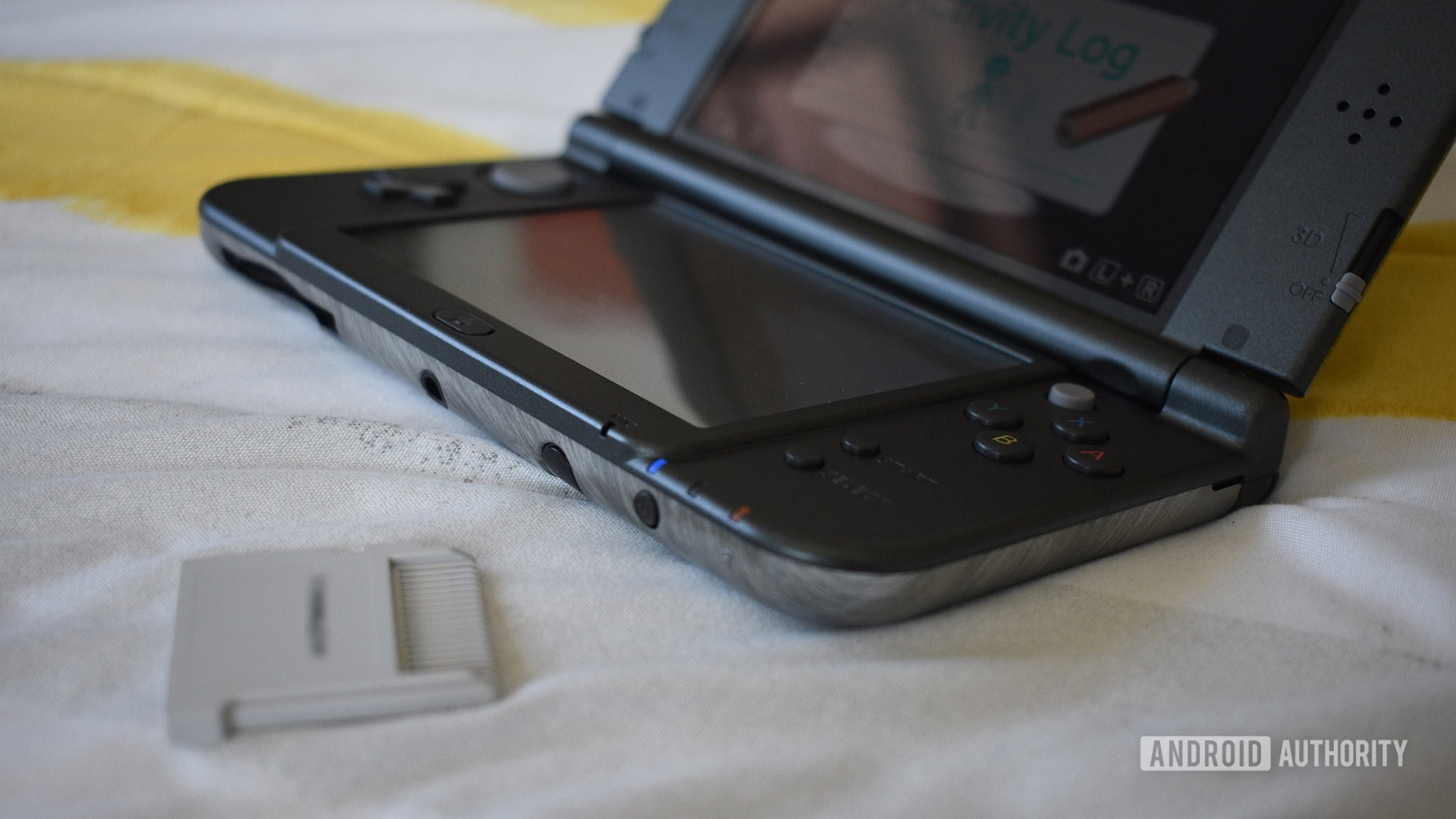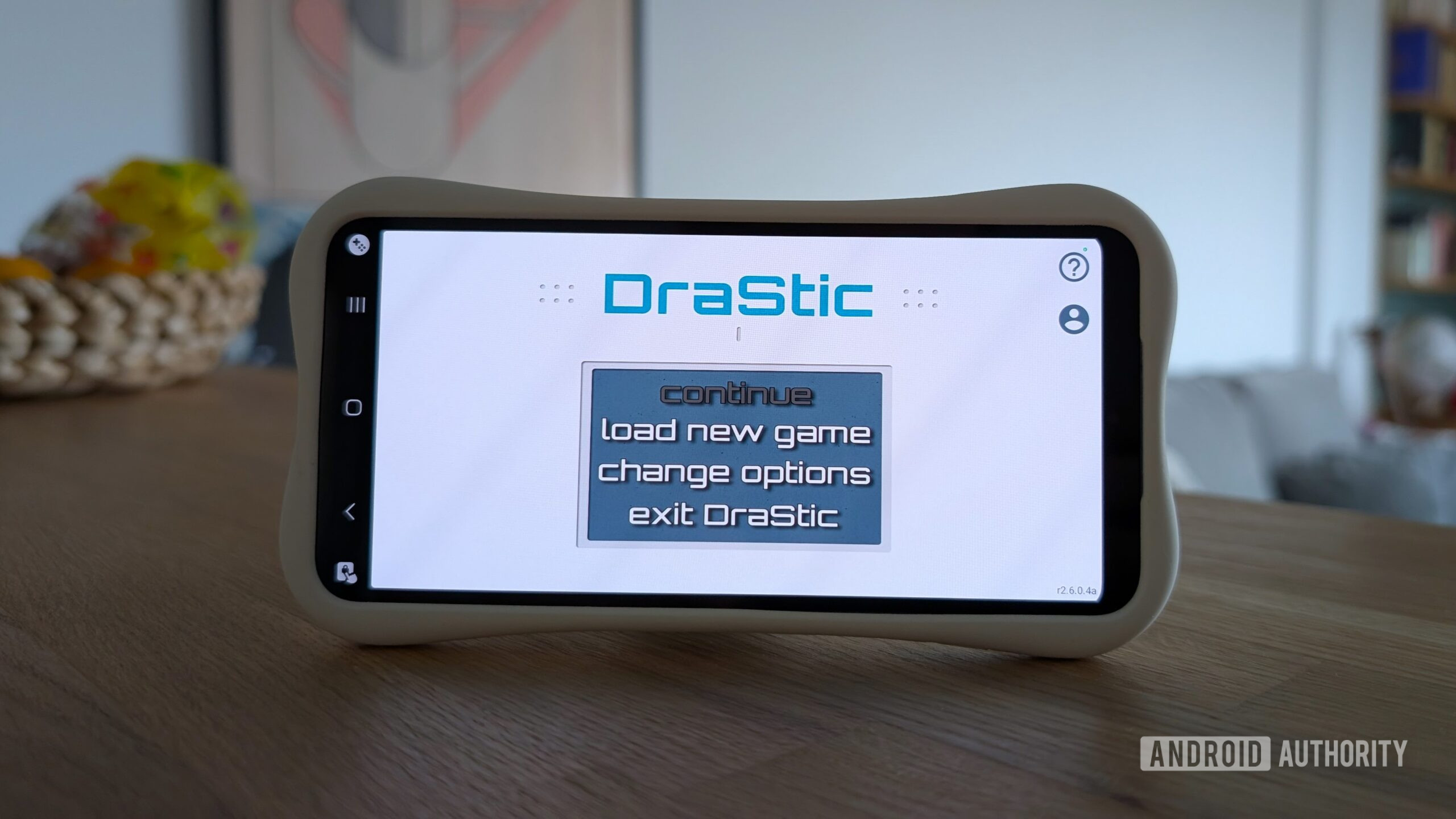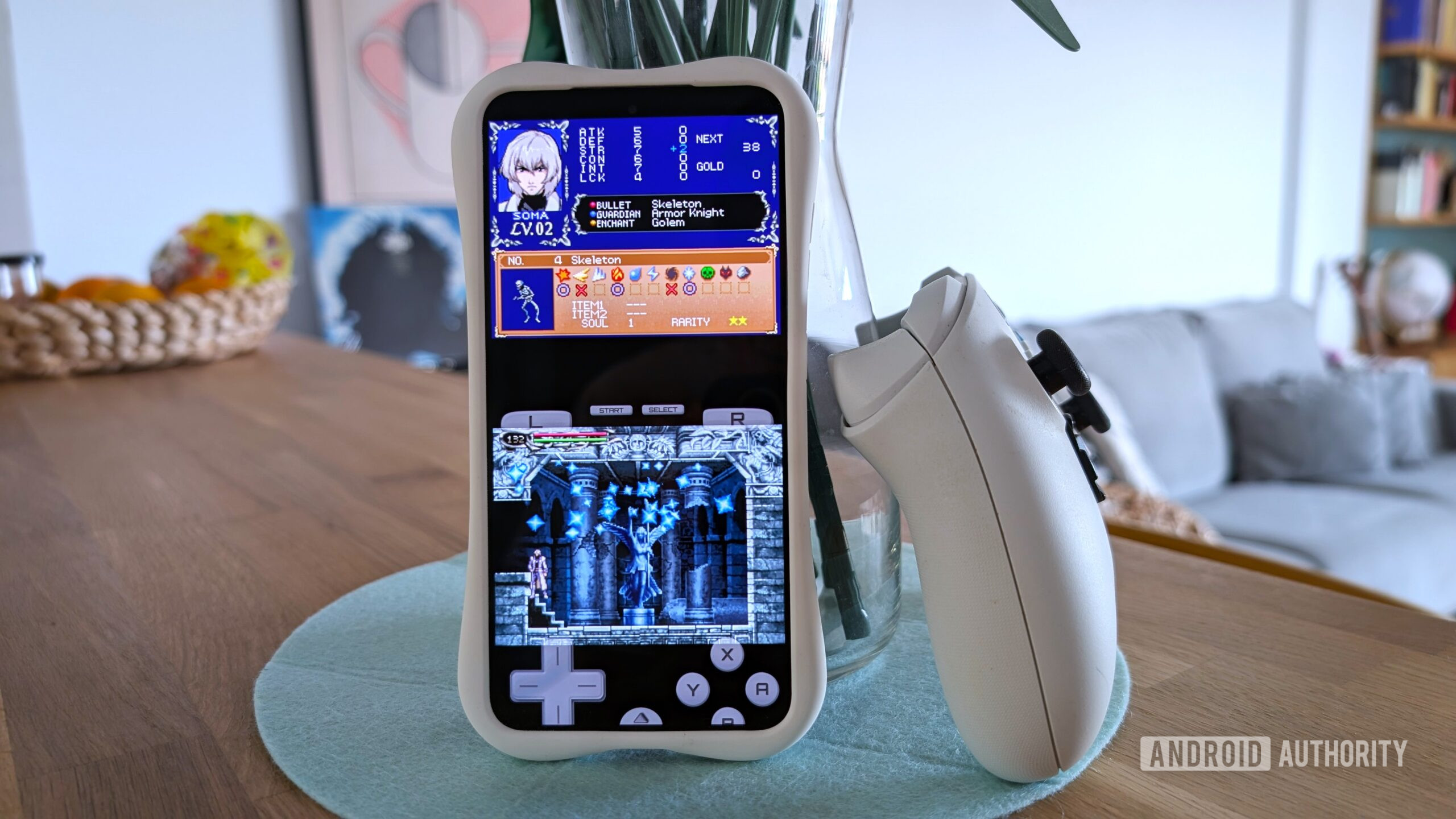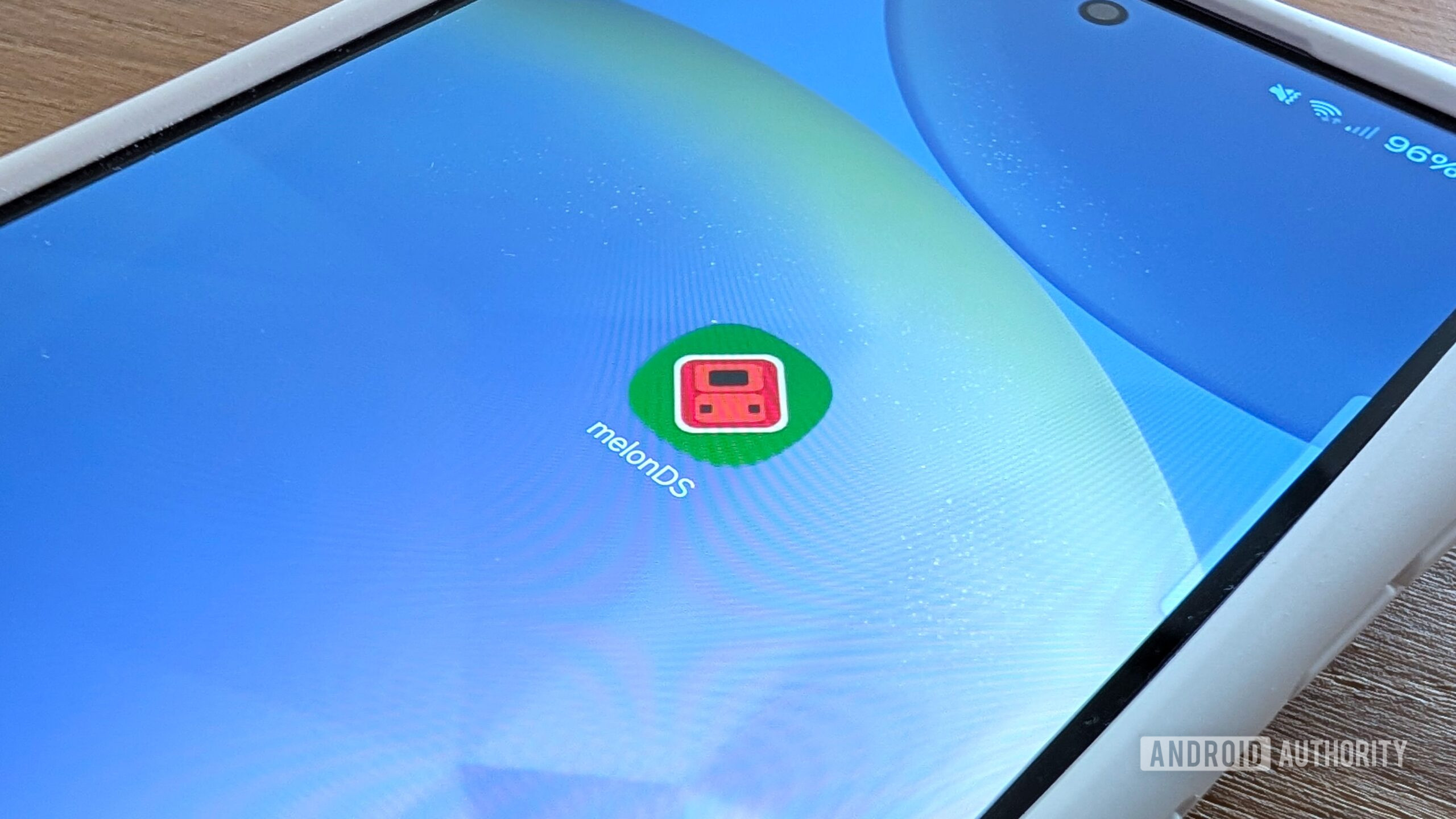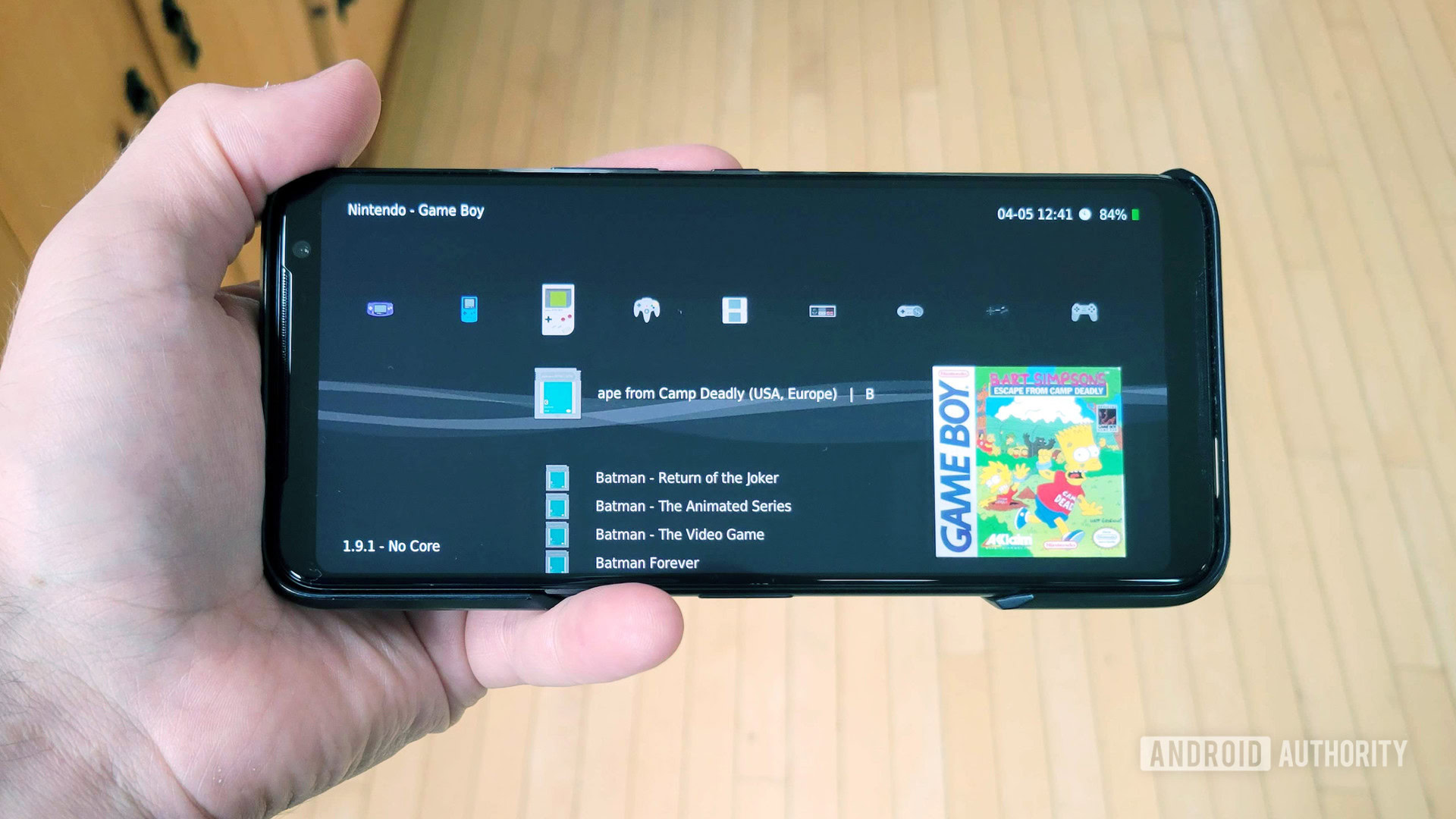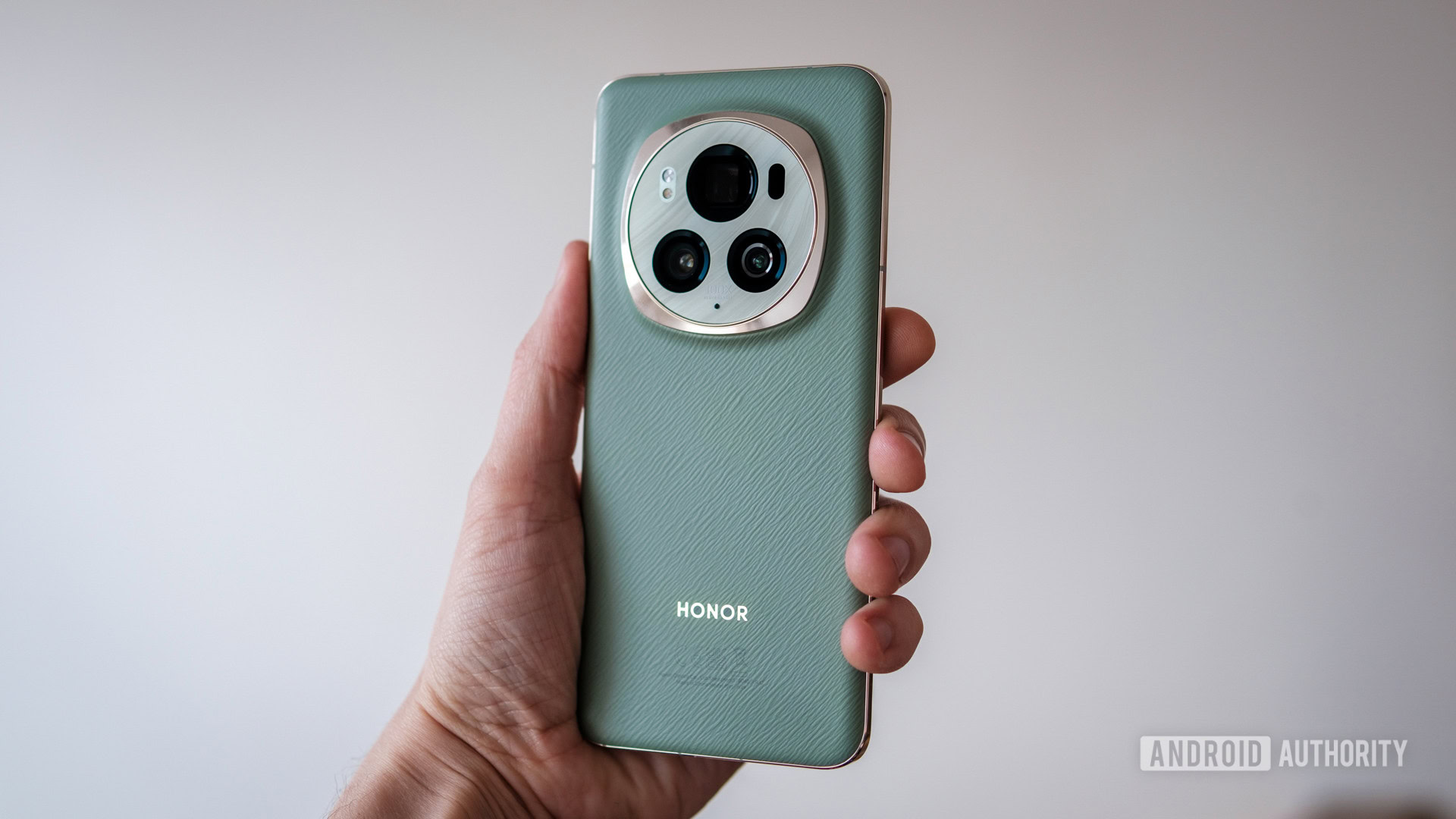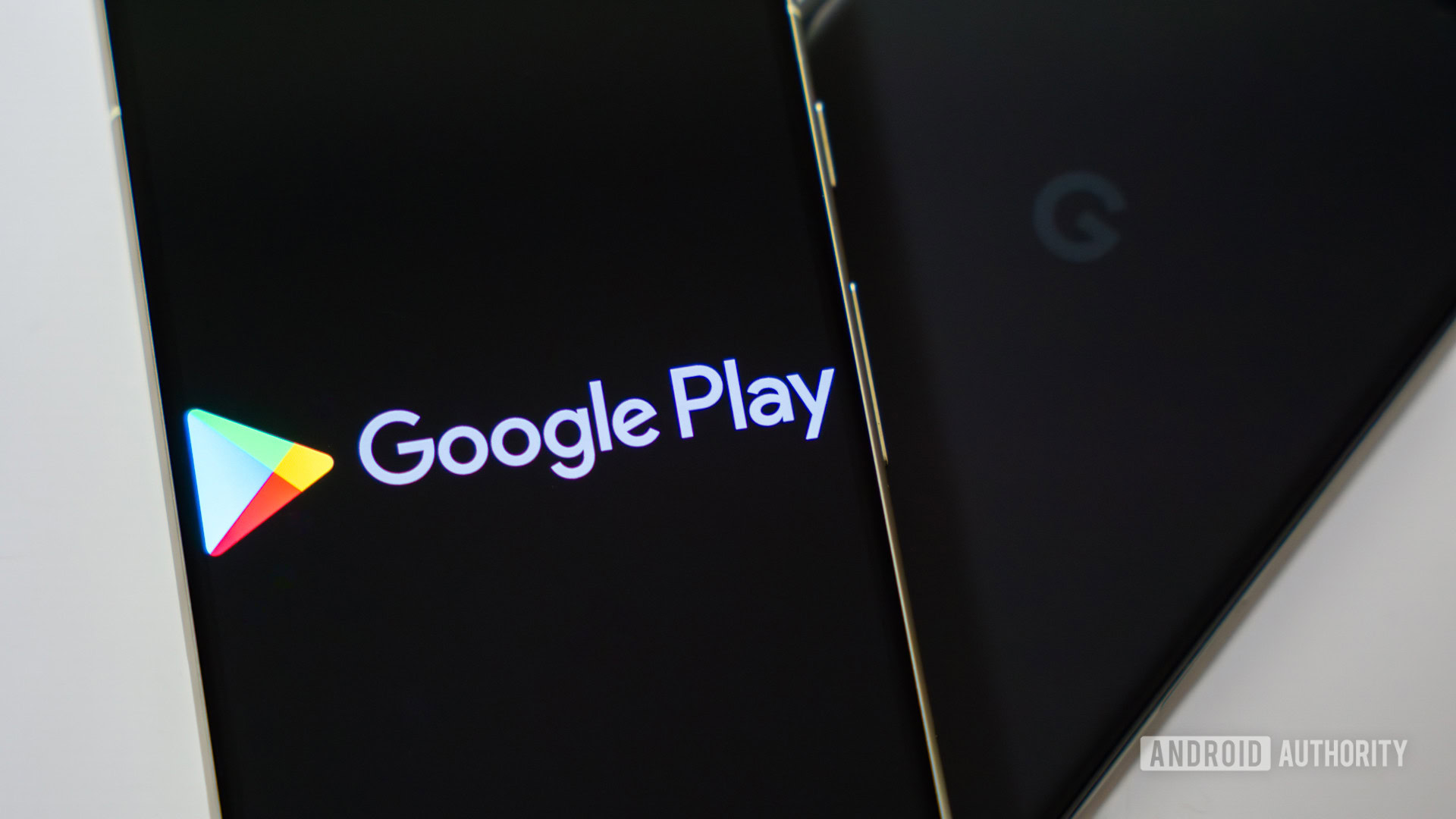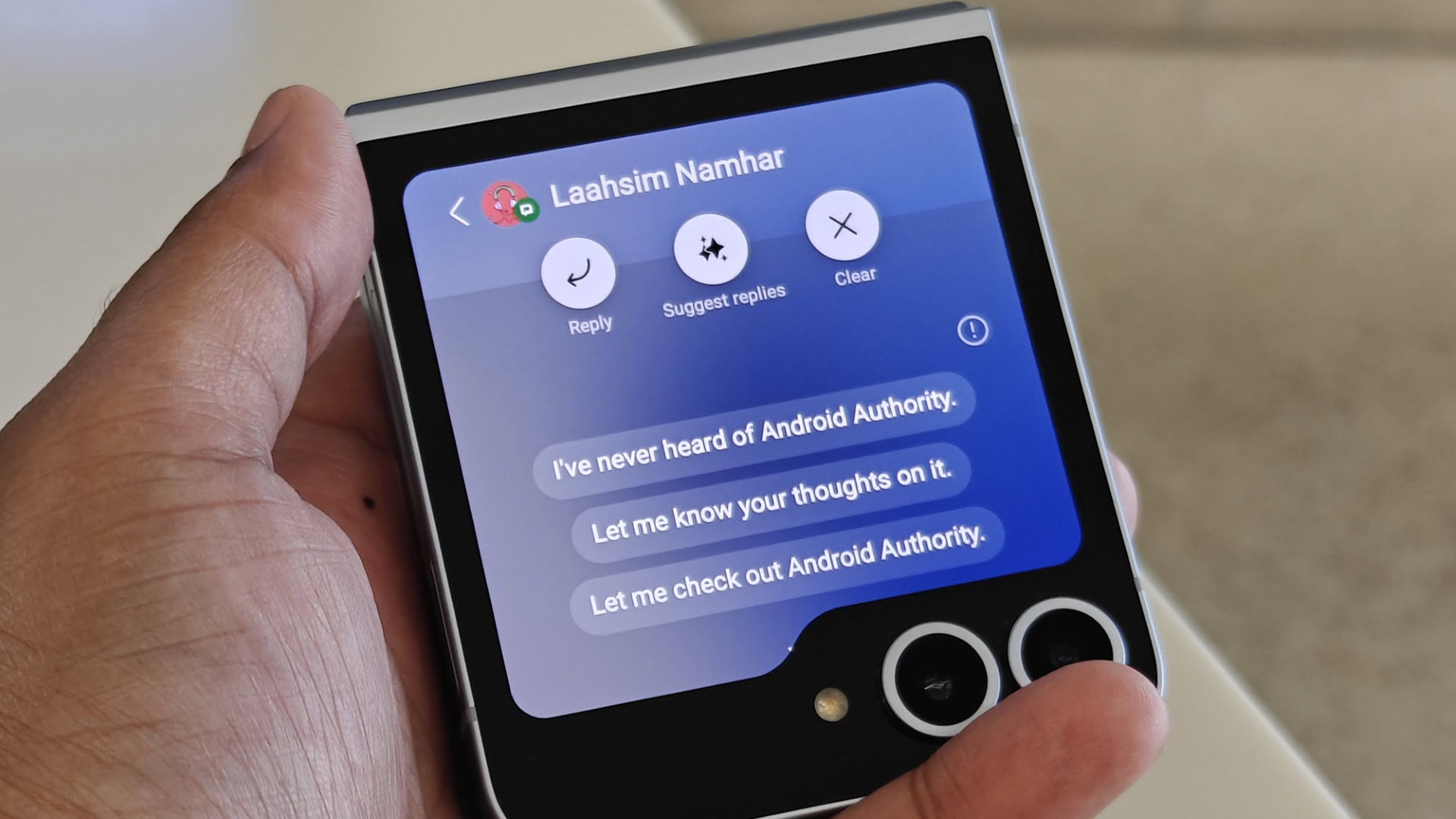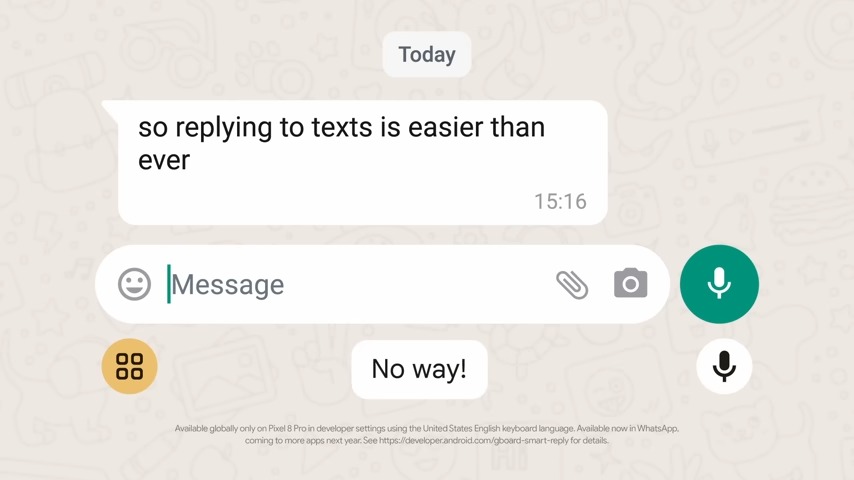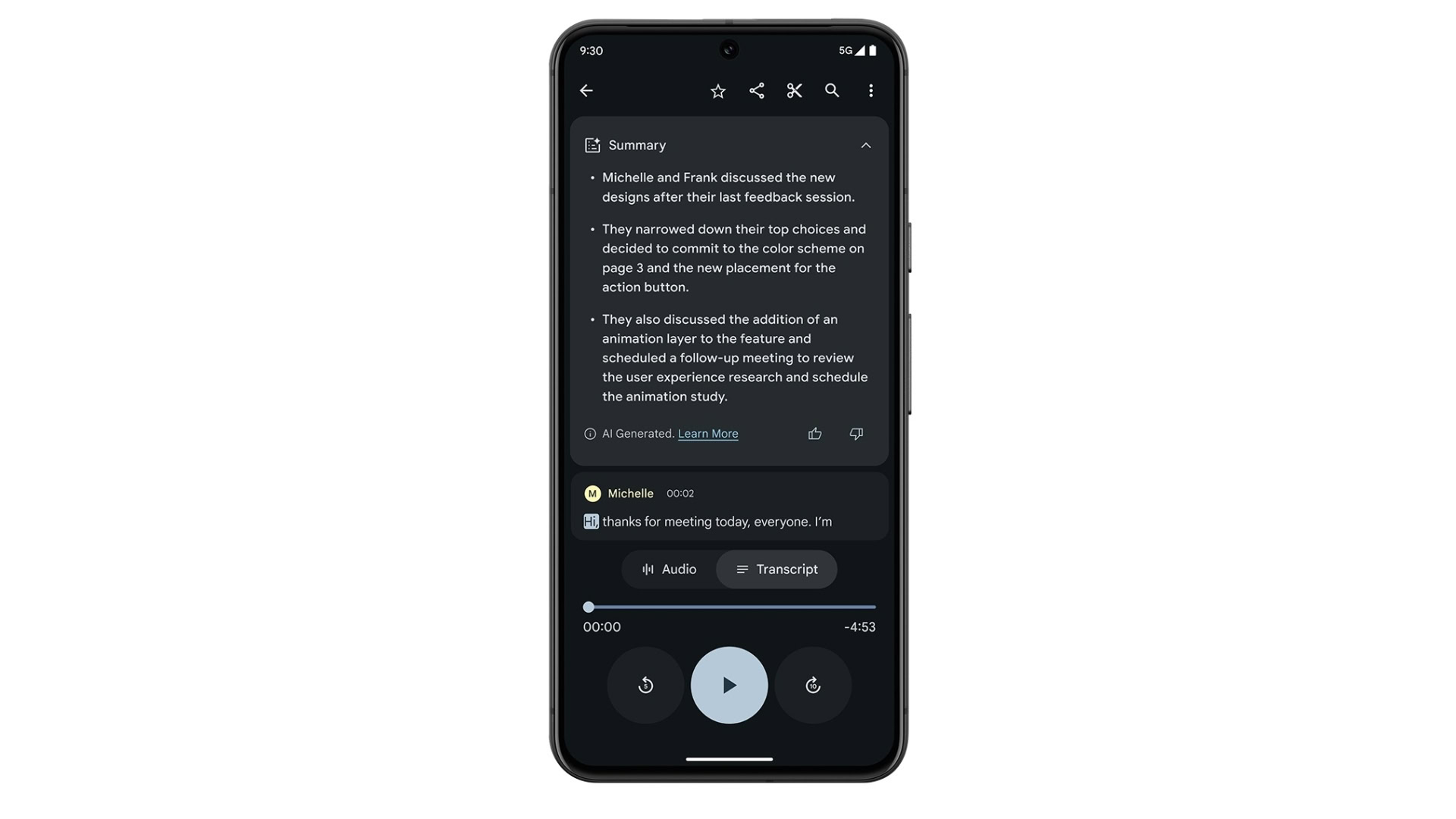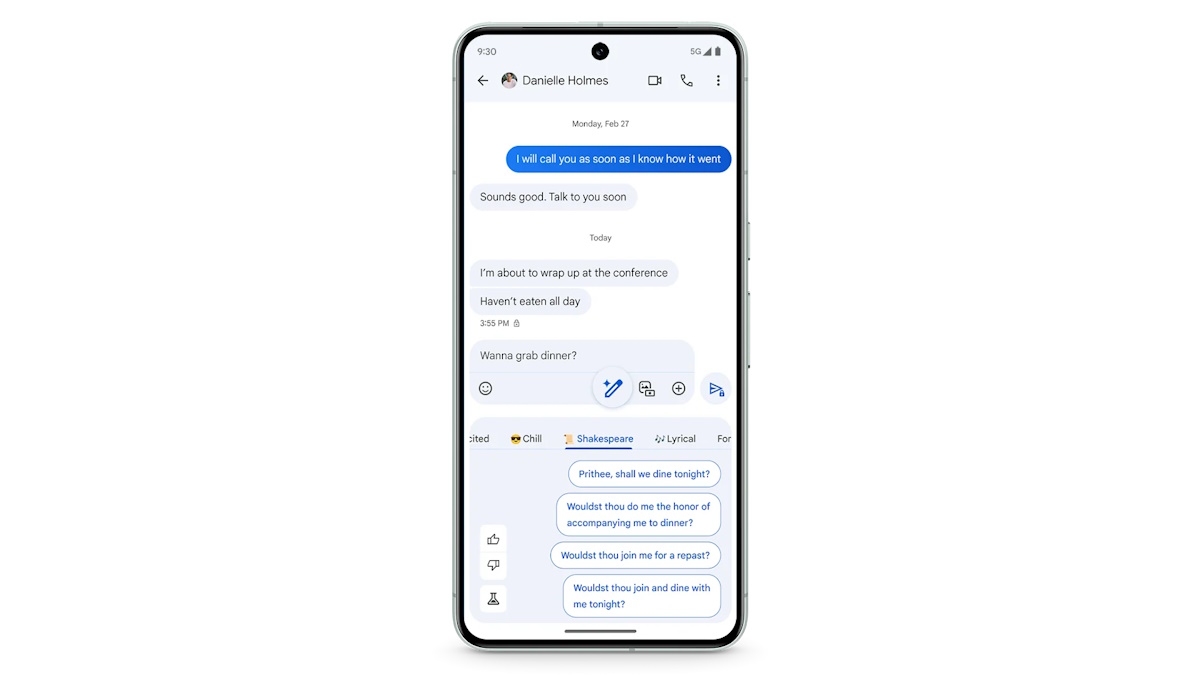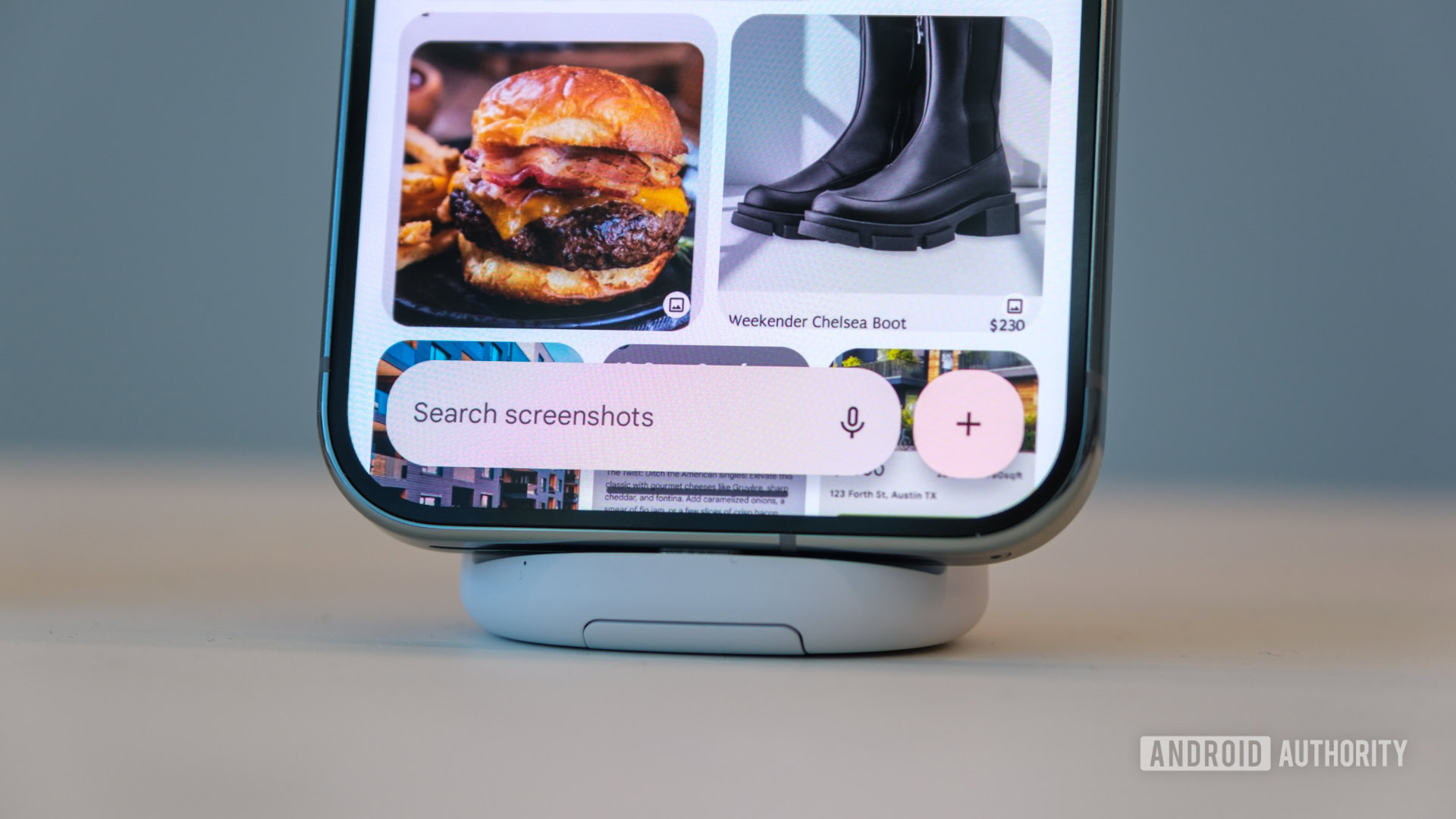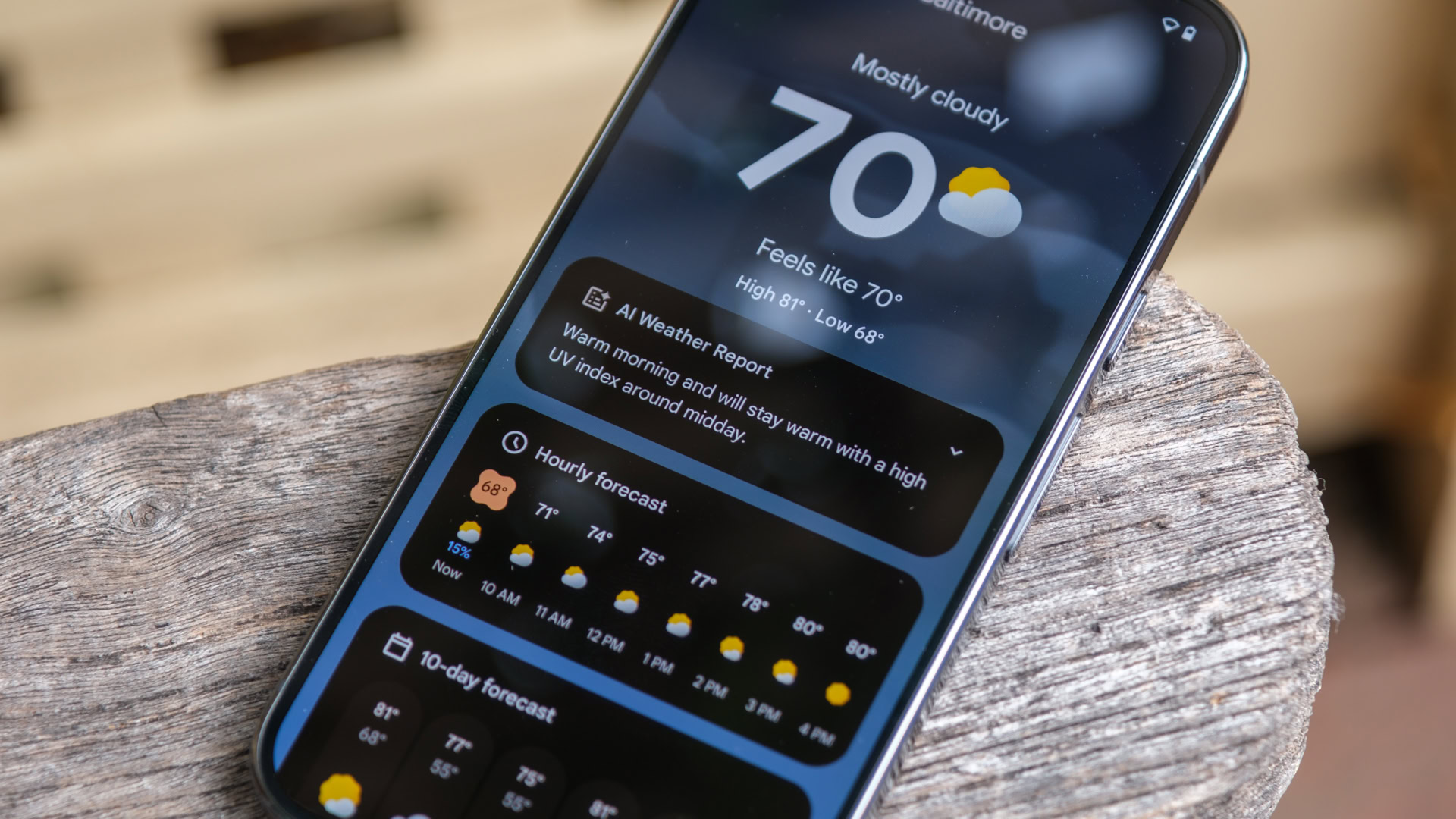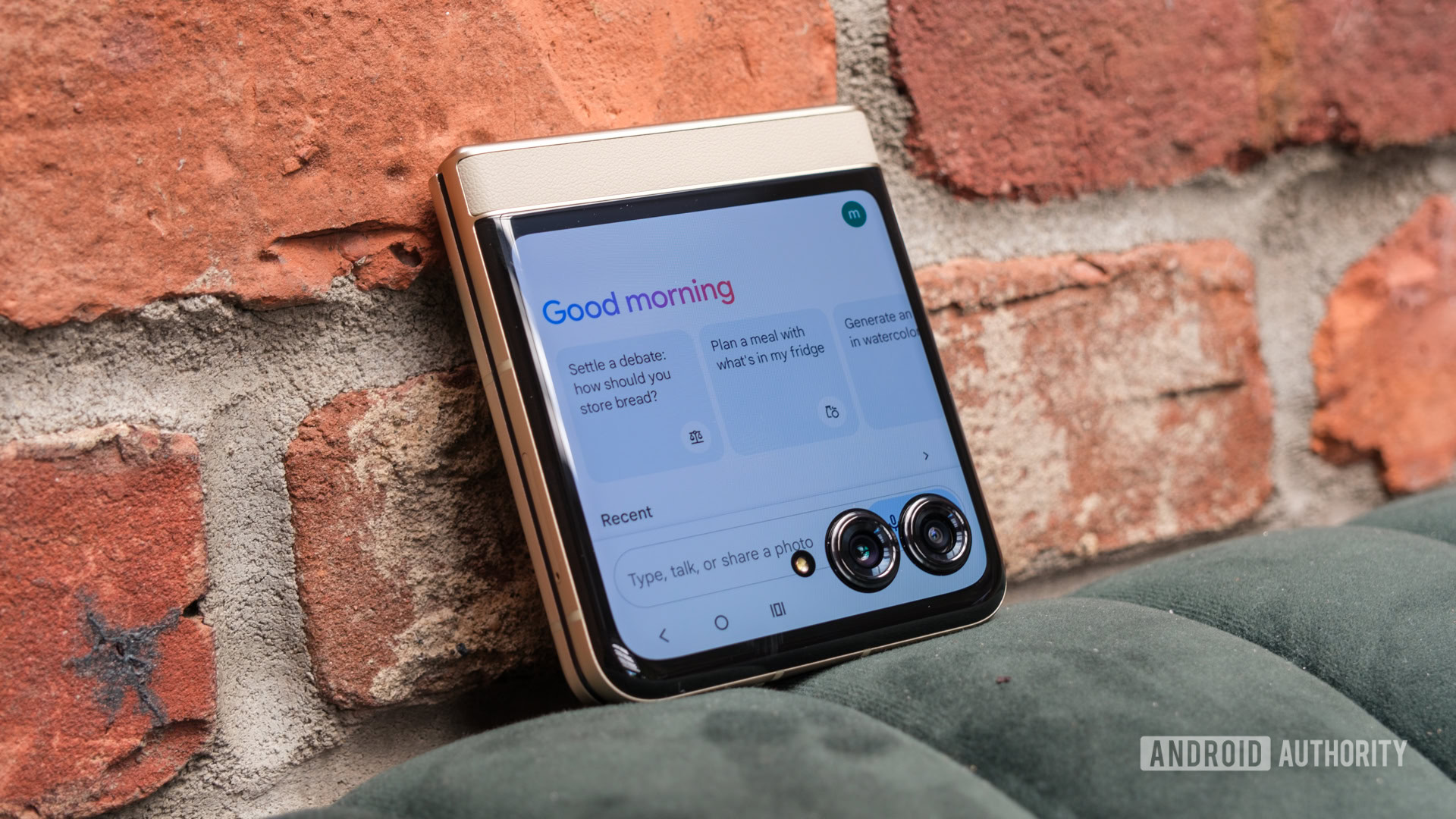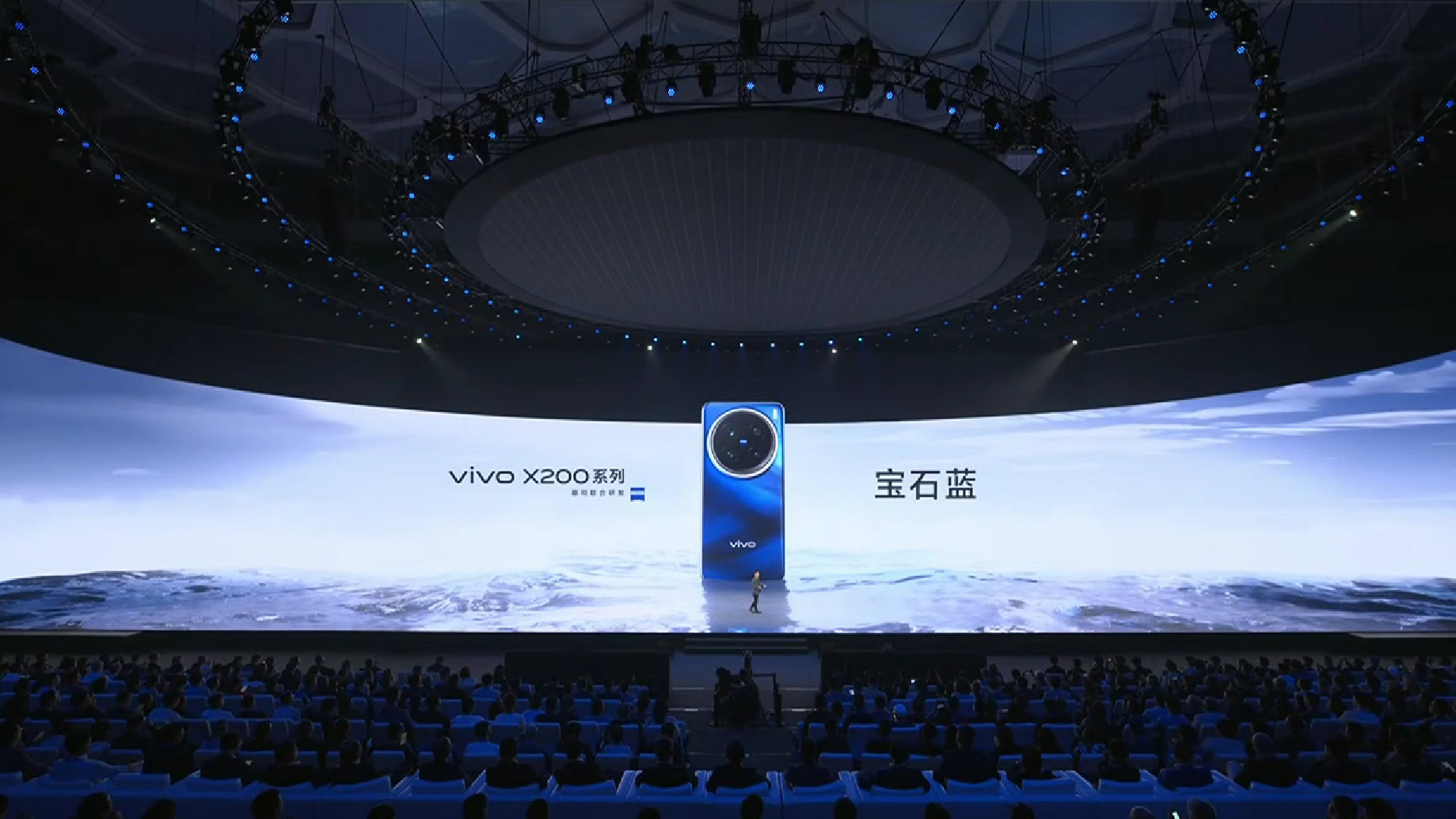
Hadlee Simons / Android Authority
TL;DR
- Vivo has launched the X200 series of flagship smartphones in China.
- The line consists of the X200, X200 Pro, and X200 Pro Mini, with the latter offering the same screen size as the Pixel 9 Pro.
- The phones start at ~$607, and the company confirmed that a global launch would take place at a later date.
Vivo’s X series of flagship Android phones usually deliver a great high-end experience with slick cameras. The company has been teasing the X200 series for a while now, and it finally launched the phones in China today.
The vivo X200 series consists of three phones, namely the X200, X200 Pro, and X200 Pro Mini. Yes, the Chinese brand is hopping aboard the compact flagship phone bandwagon with a device that looks to take the fight to the likes of the Pixel 9 Pro. But more on that phone in a bit.
These are the first phones to be powered by the MediaTek Dimensity 9400 processor. In a cool touch, vivo says this chipset enables long-range communication via Bluetooth. The company specifically says you can use this tech to send SOS messages up to four kilometers away, one-on-one voice communication up to two kilometers away, map locations, and more.
Other shared features include IP68 and IP69 ratings, 90W wired charging, ZEISS camera branding, a 32MP selfie camera, and the Origin OS 5 skin (featuring vivo’s take on Circle to Search).
vivo X200 Pro Mini: Small but long-lasting
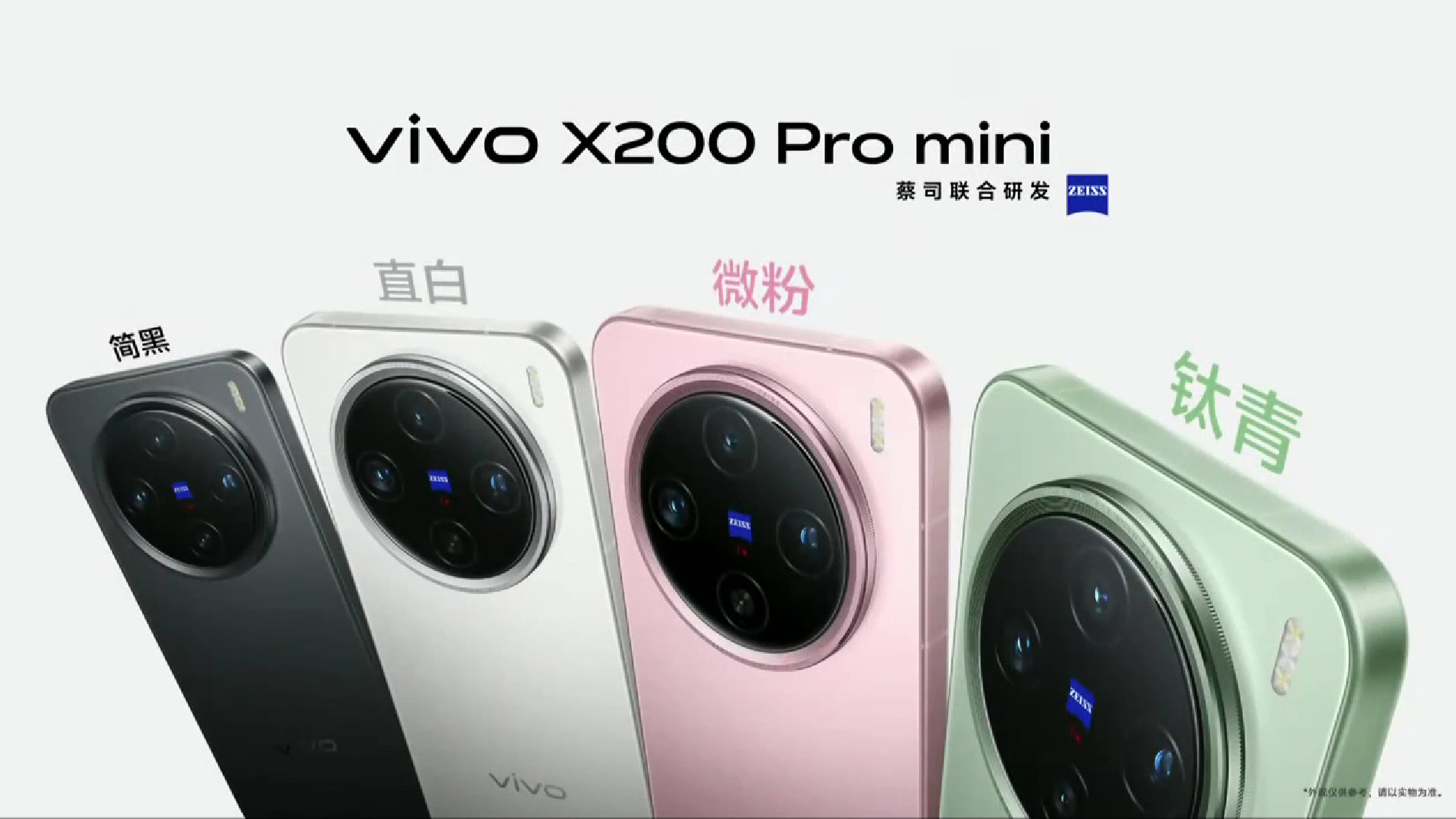
The X200 Pro Mini brings a pocket-friendly 6.31-inch flat OLED screen (2,640×1,216), making it stand out from the brand’s previous flagship efforts. This screen size isn’t as small as the likes of the Galaxy S24, but it matches up well with the Pixel 9 Pro and Xiaomi 14.
The phone is still a high-end experience when looking at the spec sheet. Aside from the aforementioned chipset, you can expect a 5,700mAh battery and 30W wireless charging. The battery capacity means this phone actually has a bigger battery than the Pixel 9 Pro XL, OnePlus 12, and Samsung Galaxy S24 Ultra.
Vivo’s smaller phone also has a flexible triple rear camera system. Expect a LYT-818 main camera (1/1.28-inch, f/1.57), along with a 50MP ultrawide sensor, and a 50MP 3x periscope lens (IMX882) with macro support.
X200 Pro: A camera powerhouse
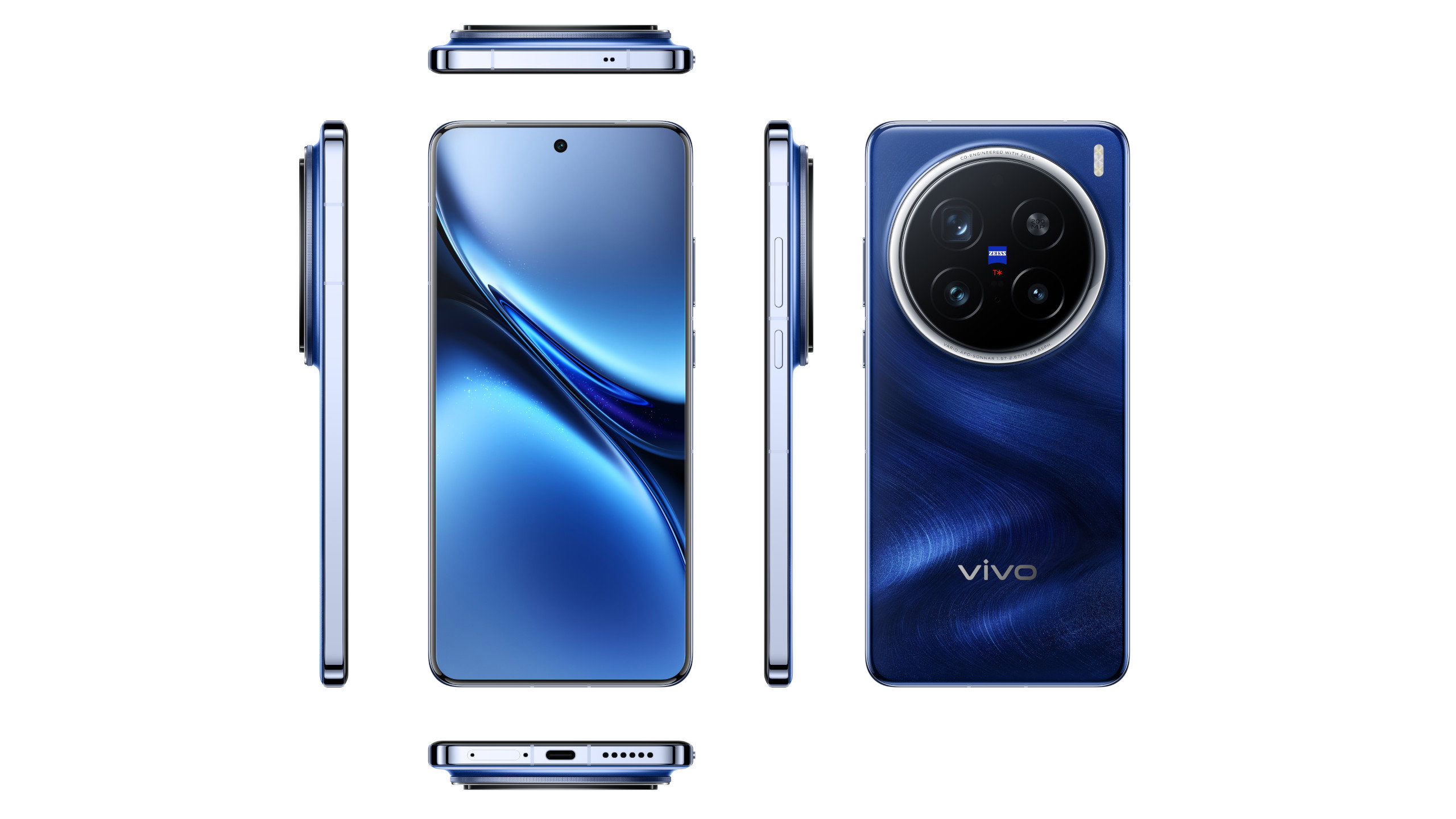
The vivo X200 Pro is a camera-focused flagship through and through. The phone offers a triple rear camera system consisting of a LYT-818 main camera, a 50MP ultrawide shooter, and a 200MP 3.7x periscope lens (f/2.57, macro support). This main camera is actually smaller than the one-inch main sensors seen on the X100 Pro and Ultra, but vivo insists that this new sensor rivals one-inch sensors for photo capture and beats them for video capture.
The 200MP periscope camera is the same telephoto camera seen on the X100 Ultra earlier this year. We were mostly impressed with this shooter but thought full-resolution shots needed work. So fingers crossed that vivo has optimized the camera accordingly.
Nevertheless, the X200 Pro offers a variety of camera modes. There’s the X100 Ultra’s stage mode for improved concert shots, as well as a Landscape Mode which seems to be a one-stop shop for features like long exposures, astrophotography, moon shots, and more. Other camera features include a V3 Plus imaging chip, 4K/120fps support, an improved action pan mode, a 135mm option for portraits, 4K/60fps Dolby Vision video, and 4K/60fps 10-bit LOG support.
The X200 Pro otherwise features a 6.78-inch 120Hz OLED screen (2,800 x 1,260, 4,500 nits of peak brightness). This is an LTPO panel and is capable of dropping down to just 0.1Hz, a marked improvement over the 1Hz minimum refresh rate seen on most premium flagship phones. The phone also brings a 6,000mAh silicon-carbon battery and 30W wireless charging. The battery capacity is a healthy boost over the X100 Pro‘s 5,400mAh battery, but we hope the company did its homework to optimize battery life as the X100 Pro had mediocre endurance at first.
vivo X200: All of the horsepower, none of the extras
Like the idea of the X200 series but want something a little more affordable? Then the standard X200 might be for you, offering that Dimensity 9400 chip, a 6.67-inch 120Hz OLED screen (2,800 x 1,260), and a 5,800mAh battery. The phone skips a couple of X200 Pro features though, namely wireless charging and an ultrasonic fingerprint scanner.
The standard vivo X200 lags behind the Pro when it comes to camera capabilities too. Expect a 50MP main camera, a 50MP ultrawide, and a 50MP 3x telephoto shooter (f/2.57, IMX882, macro support). Nevertheless, this is still a flexible rear camera system that should deliver good results on paper.
vivo X200 series pricing and availability
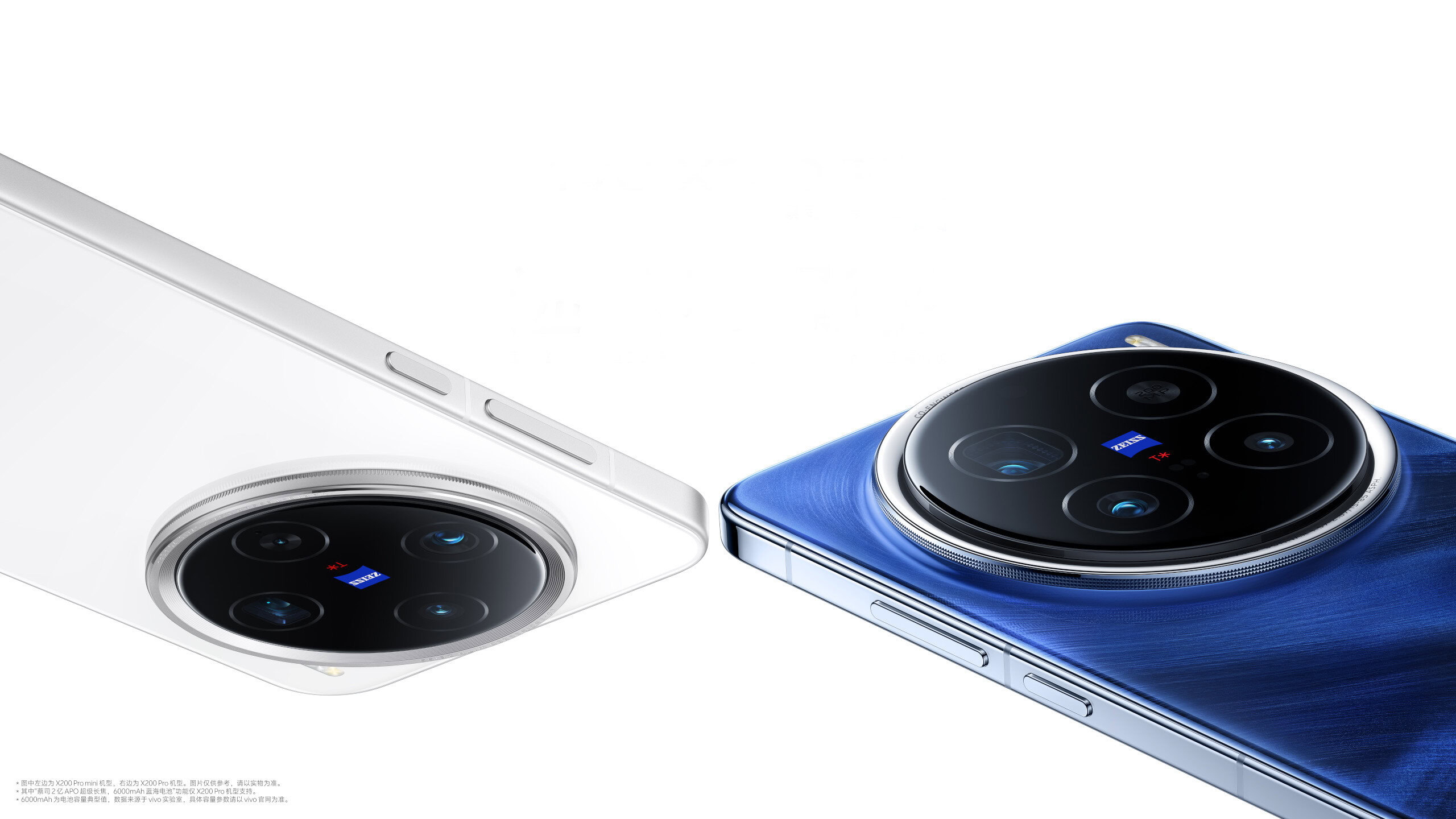
The X200 Pro starts at 5,299 yuan (~$748) for the base 12GB/256GB model and goes up to 6,799 yuan (~$959) for the 16GB/1TB satellite-equipped variant. Meanwhile, the X200 starts at 4,299 yuan (~$607) for the base 12GB/256GB variant. Both phones will be available in Sapphire Blue, Titanium Grey, Moonlight White, and Carbon Black color schemes.
Want a smaller flagship phone? Then the X200 Pro Mini will set you back 4,699 yuan (~$663) for the base 12GB/256GB variant, maxing out at 5,799 yuan (~$818) for the 16GB/1TB model. The Mini is available in Titanium Green, Light Pink, Plain White, and Simple Black.
Vivo confirmed to Android Authority that the X200 series will be available in global markets, but didn’t confirm a release timeline or which devices will launch outside China. We really hope the X200 Pro Mini comes to more locales as pocket-friendly flagship phones are a rarity.

